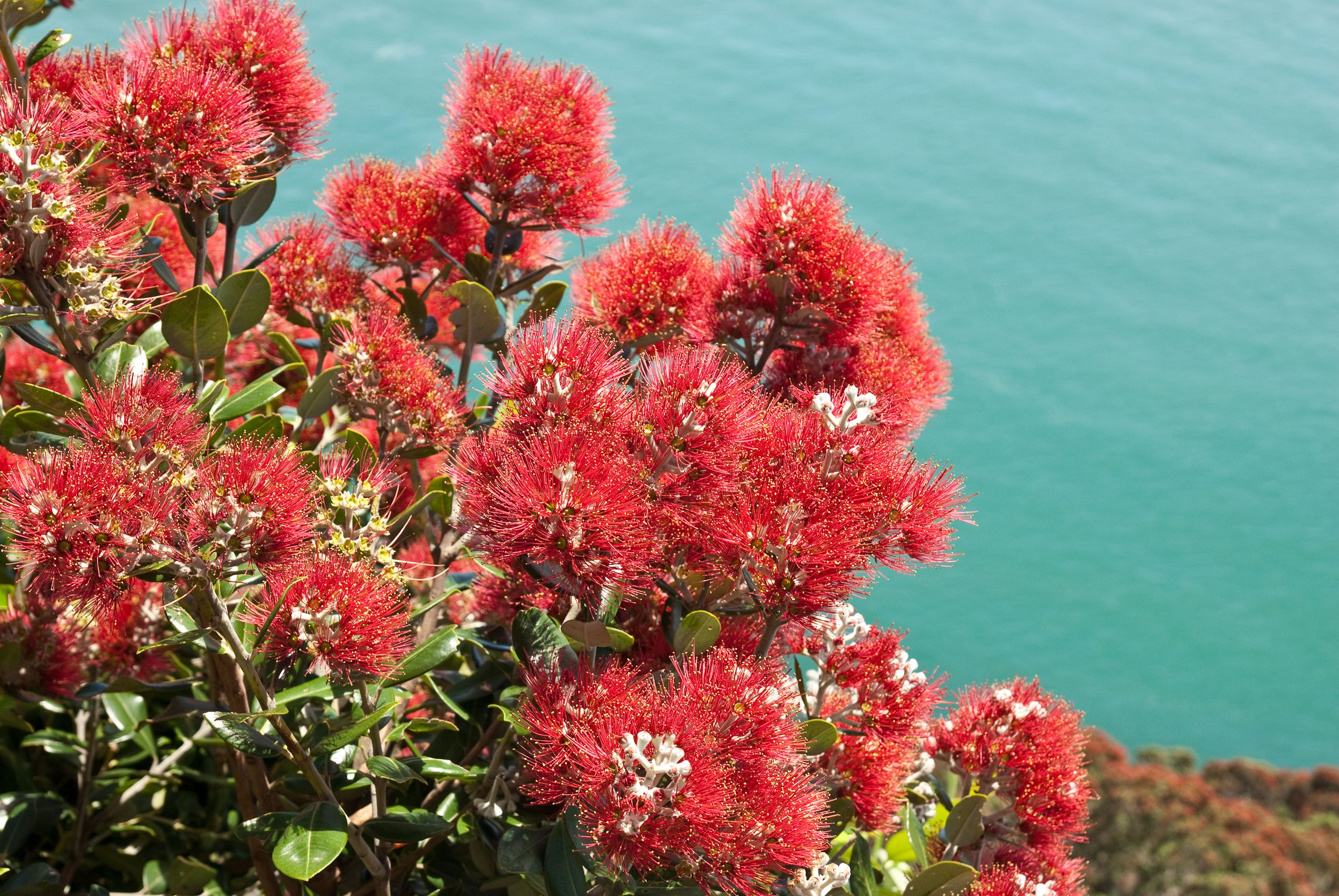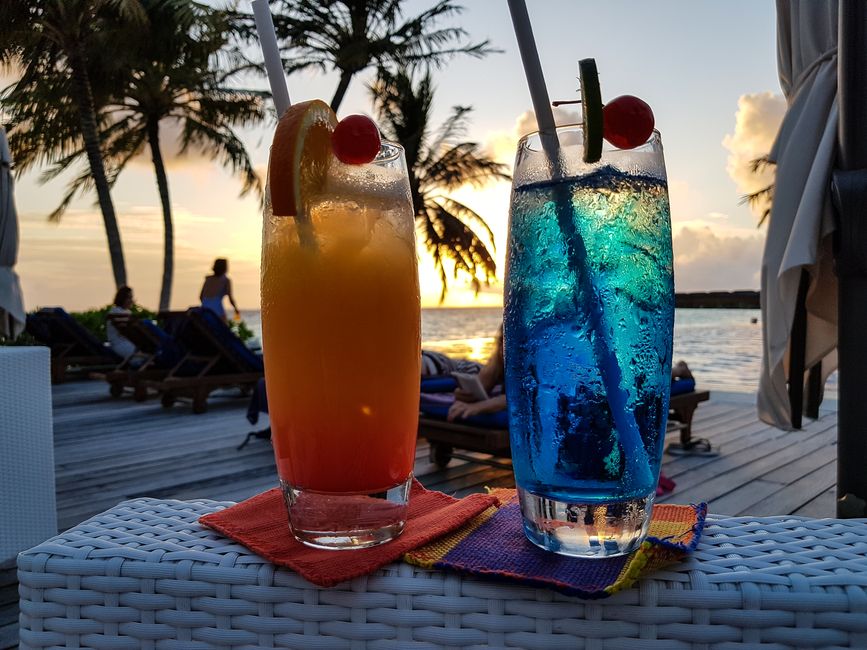In McMurdo Sound
Опубликовано: 25.02.2023
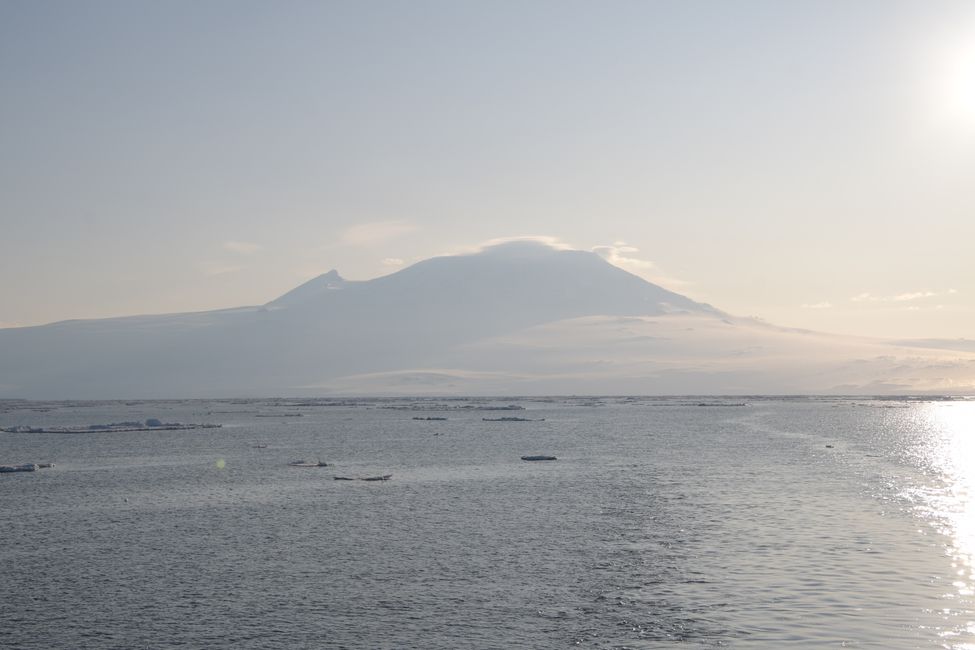
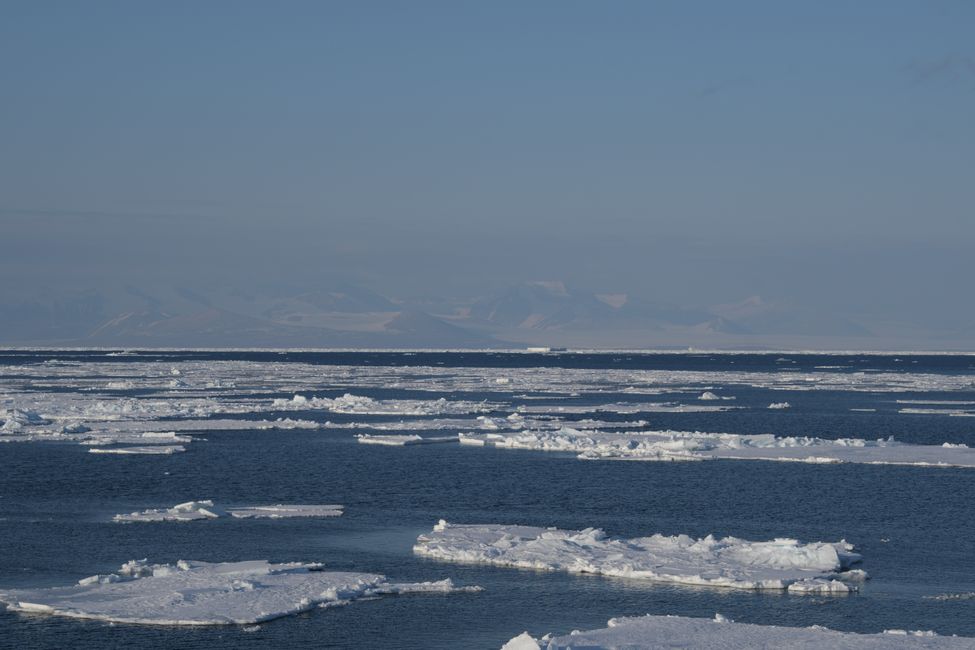
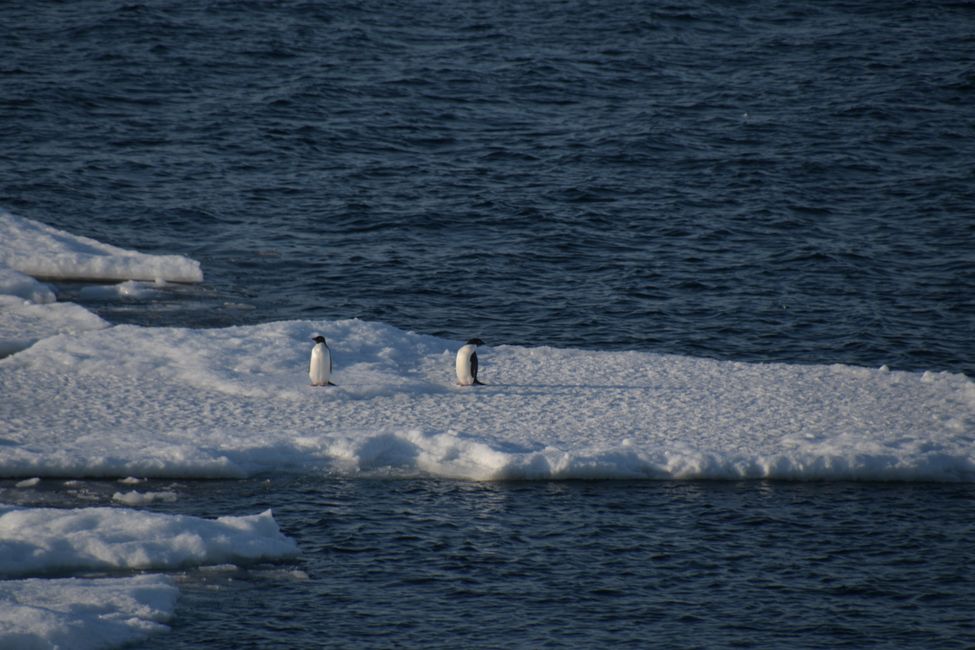
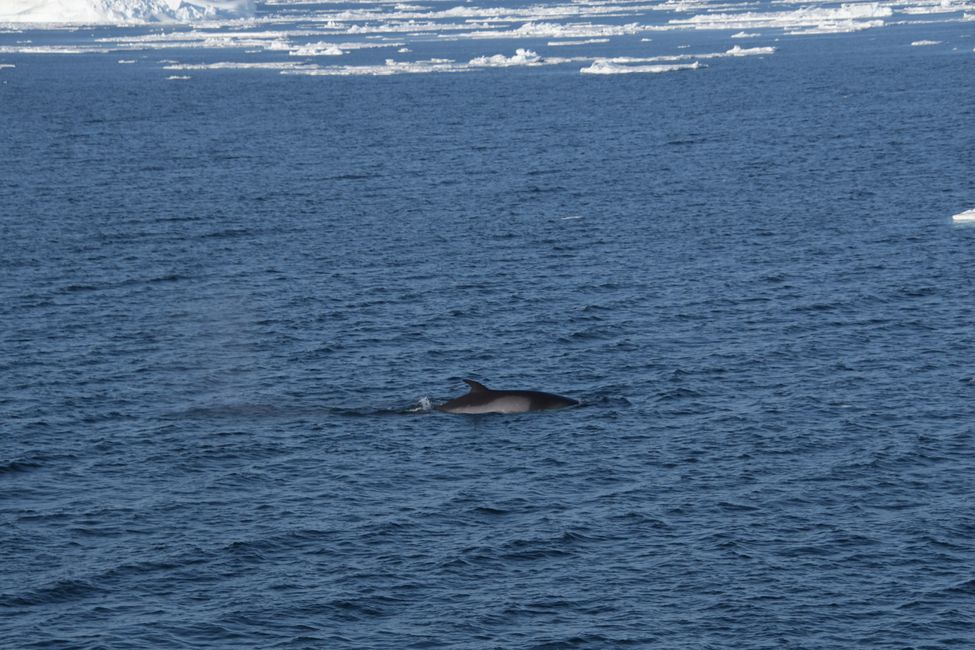
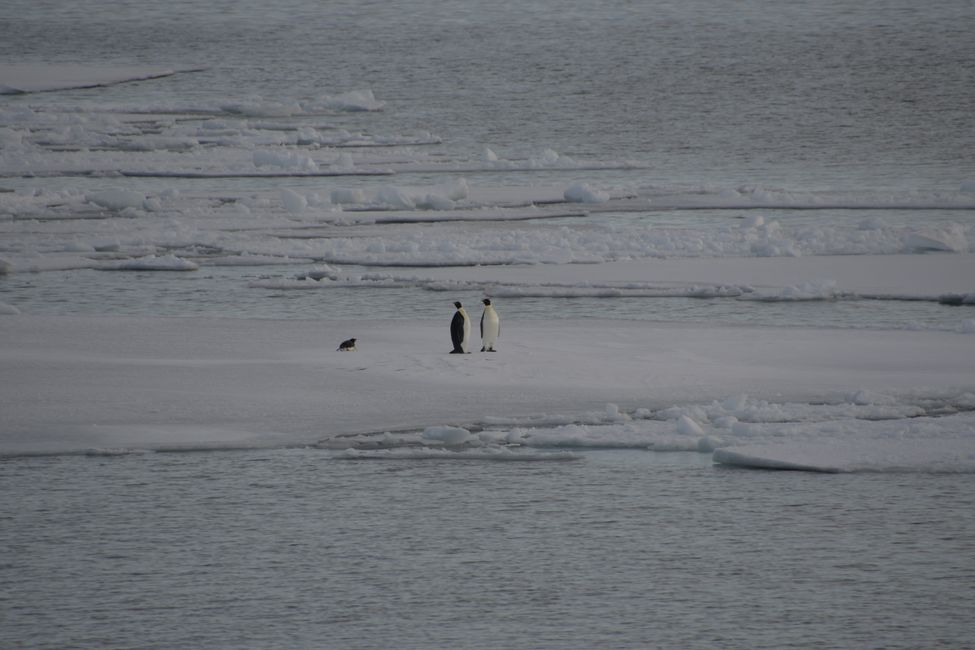
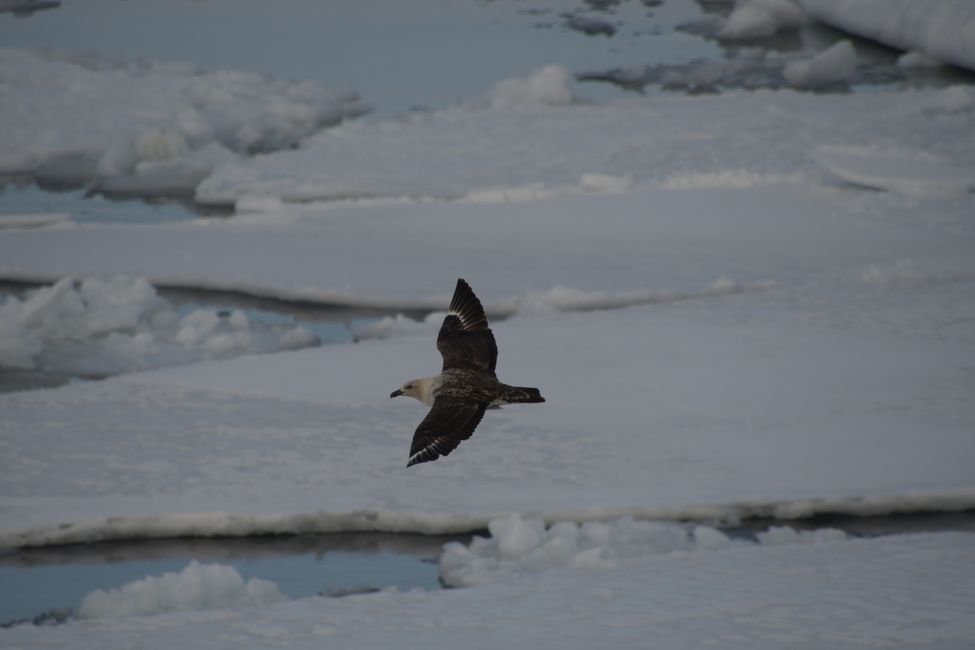
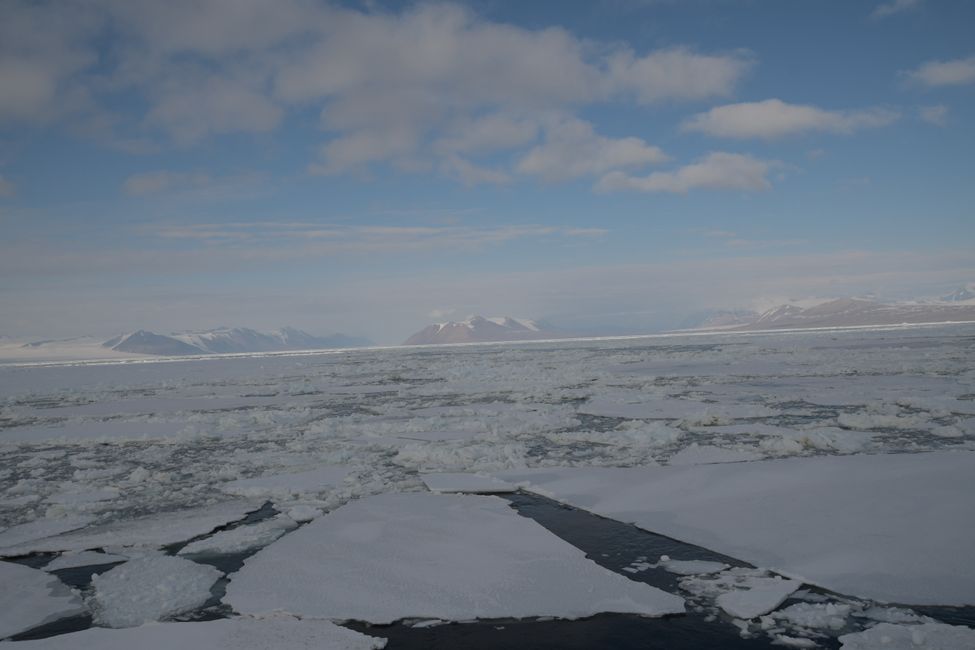
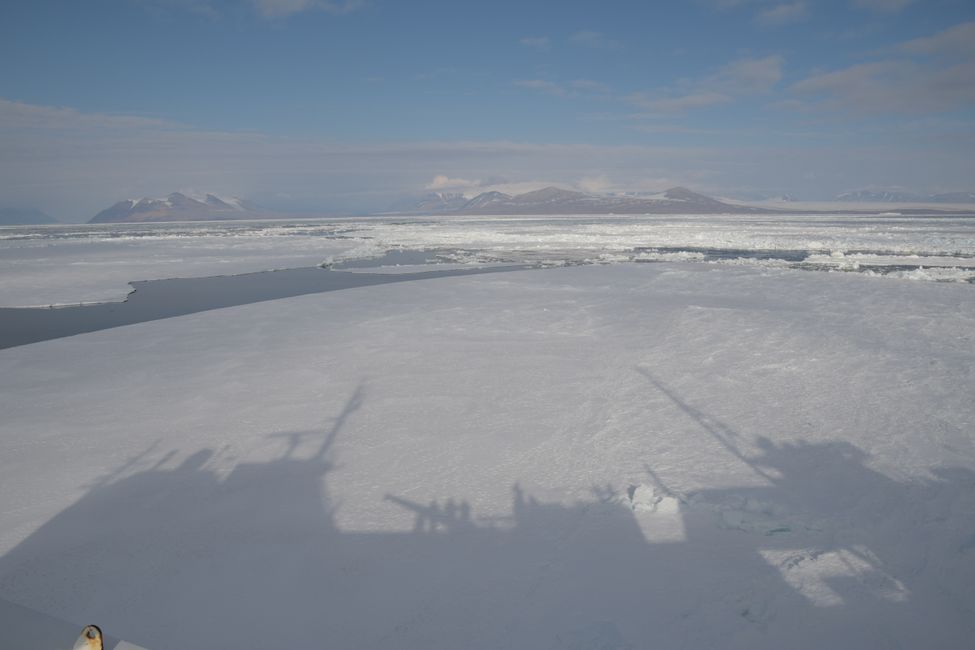
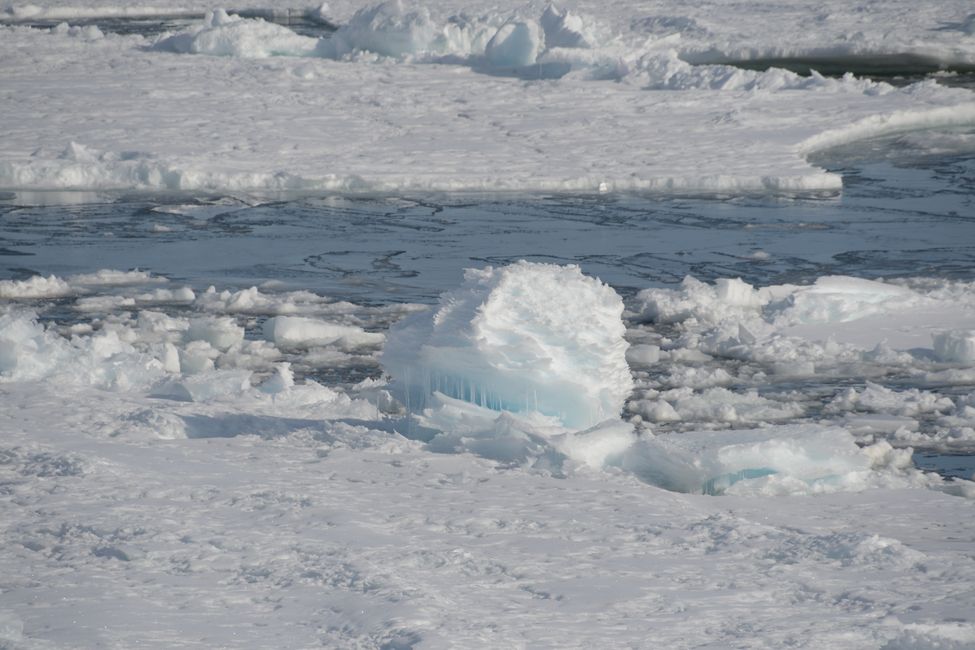
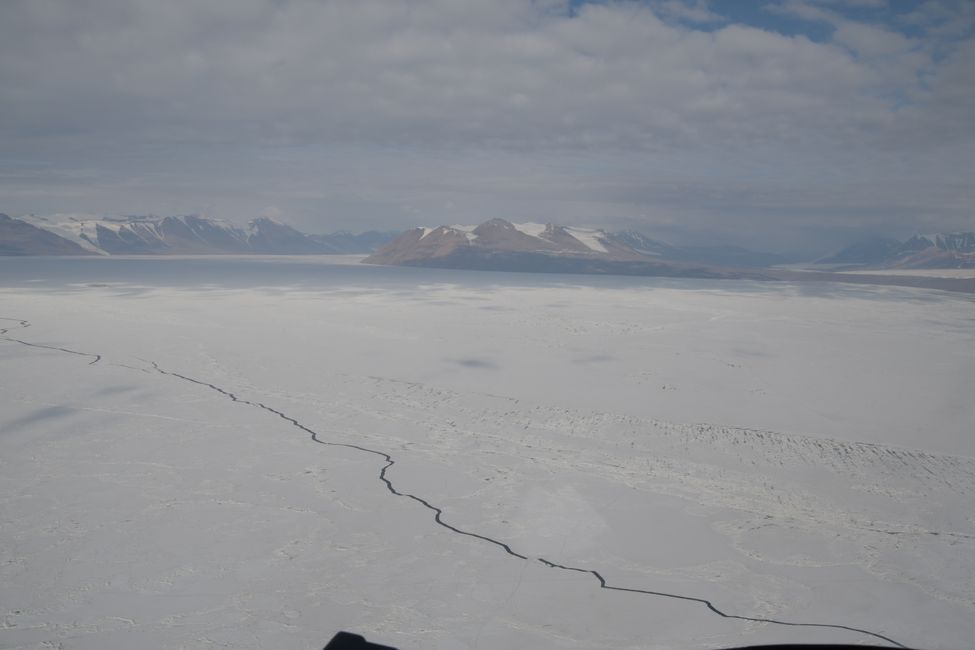
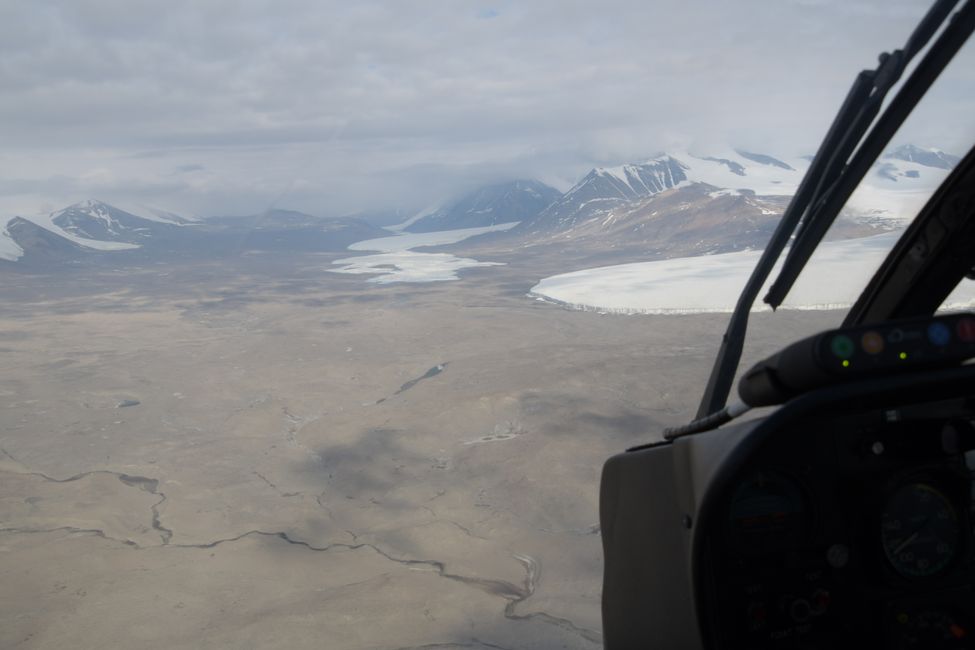
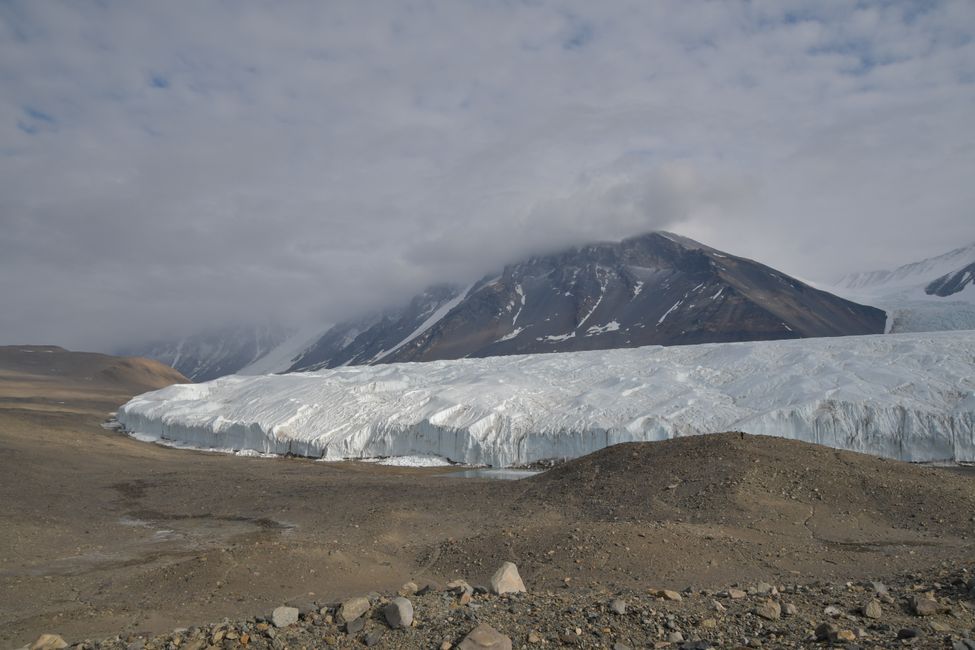
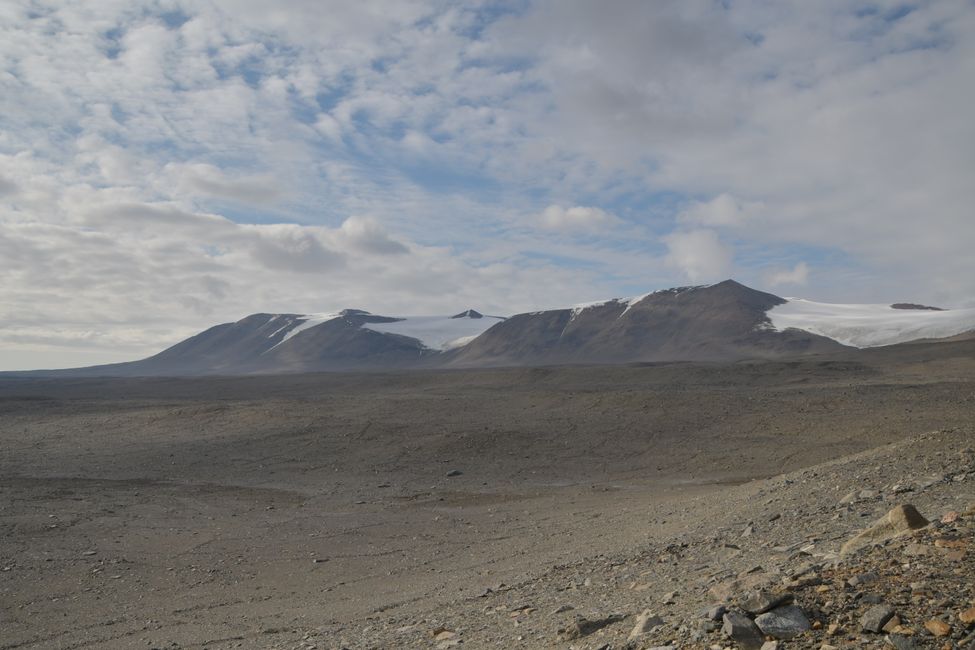
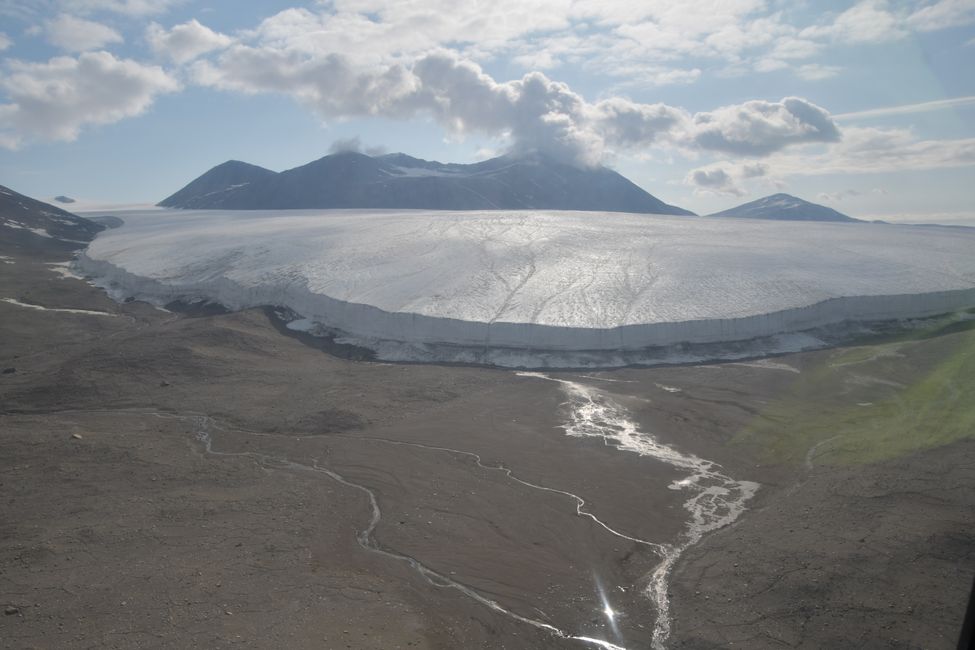
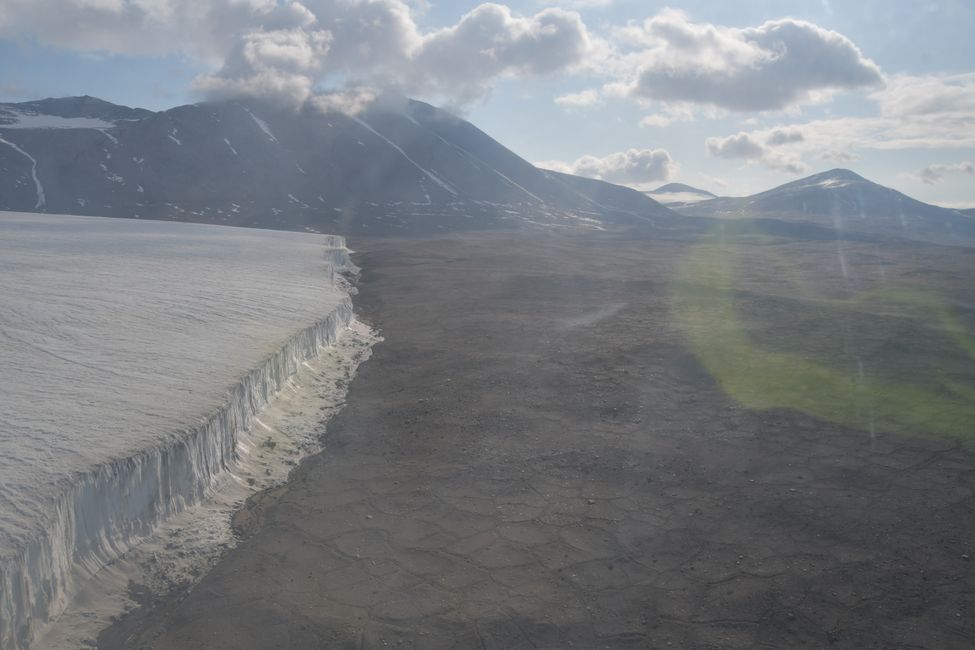
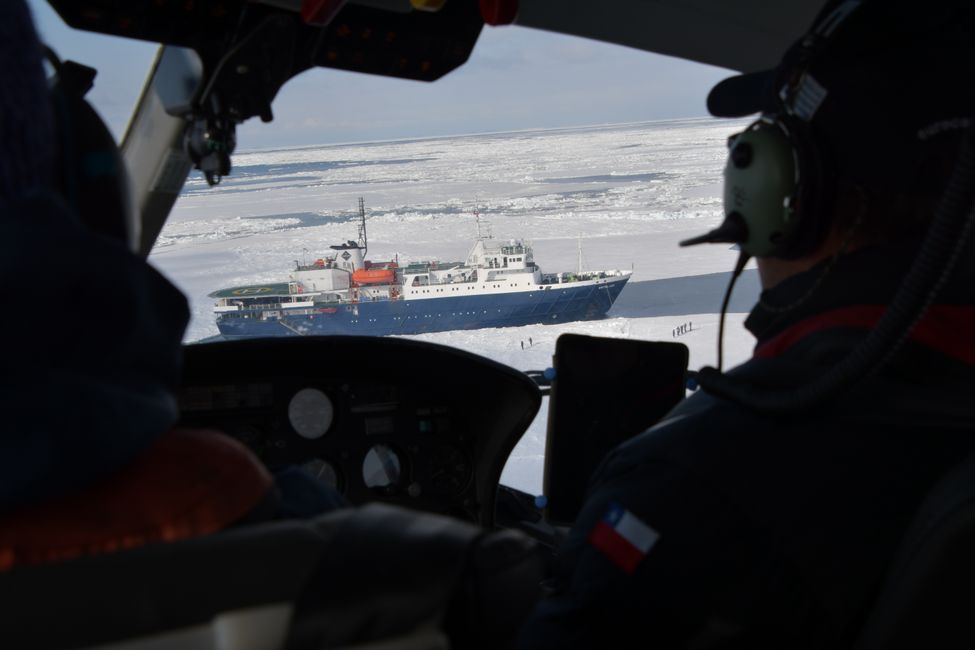
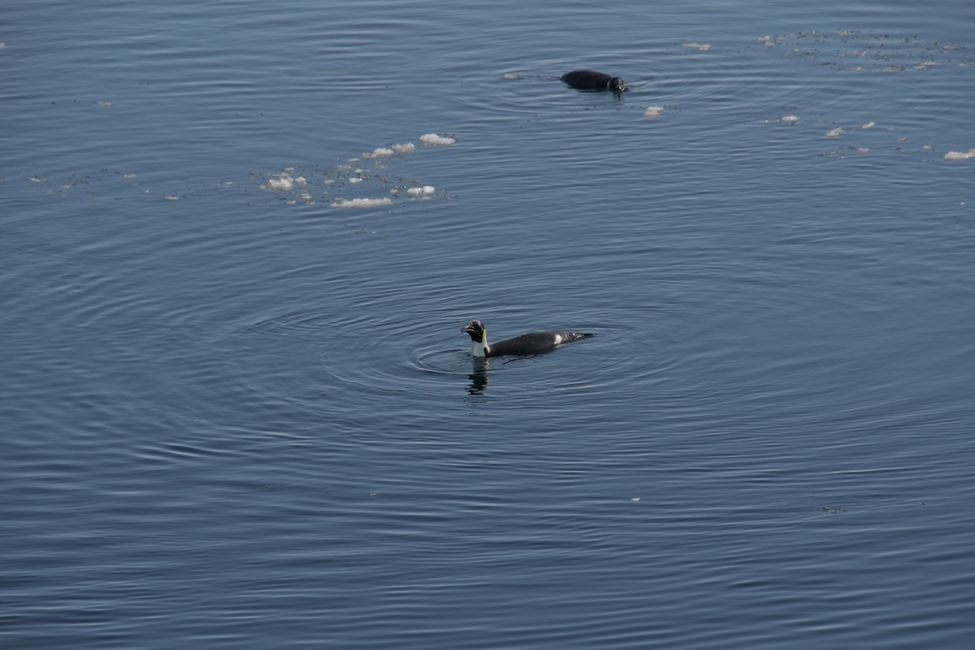
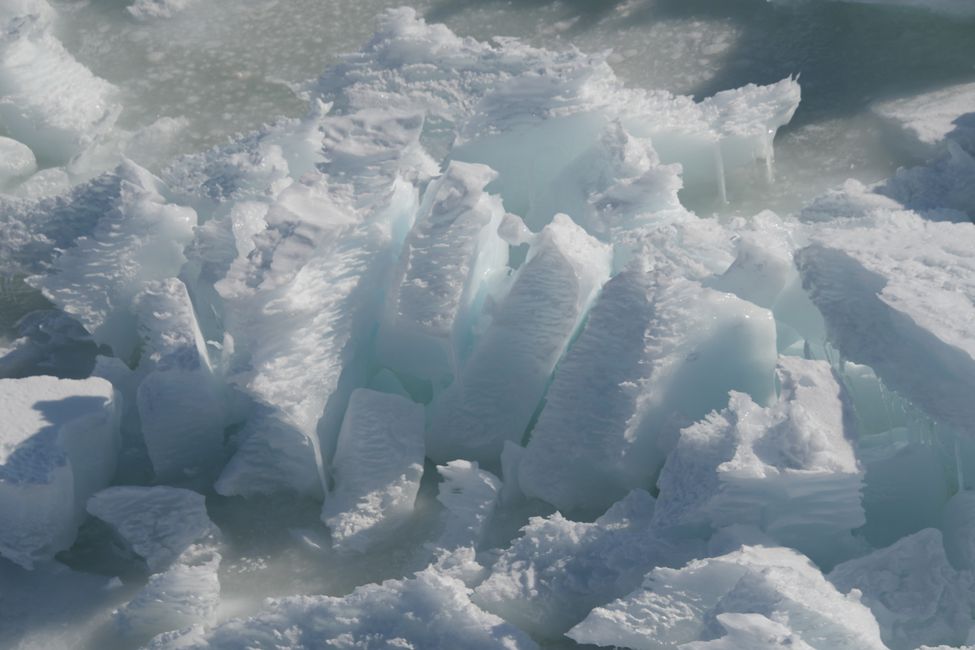
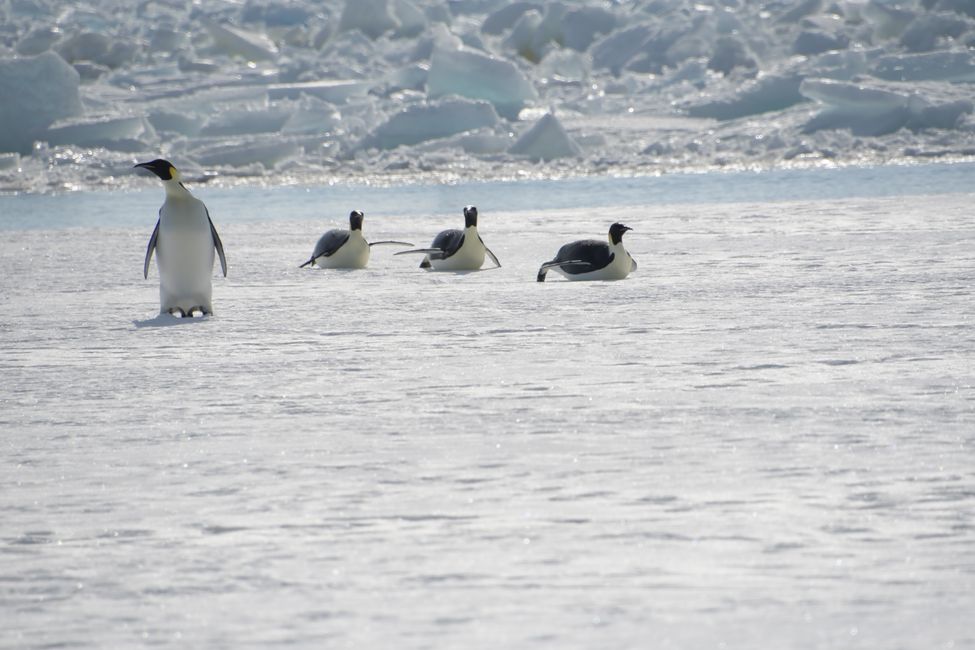
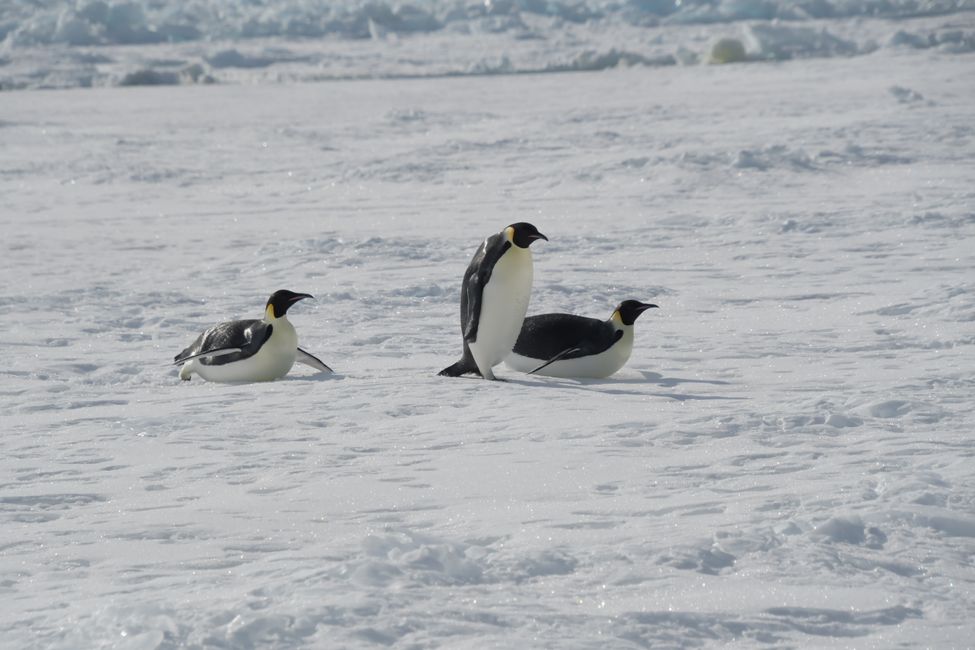
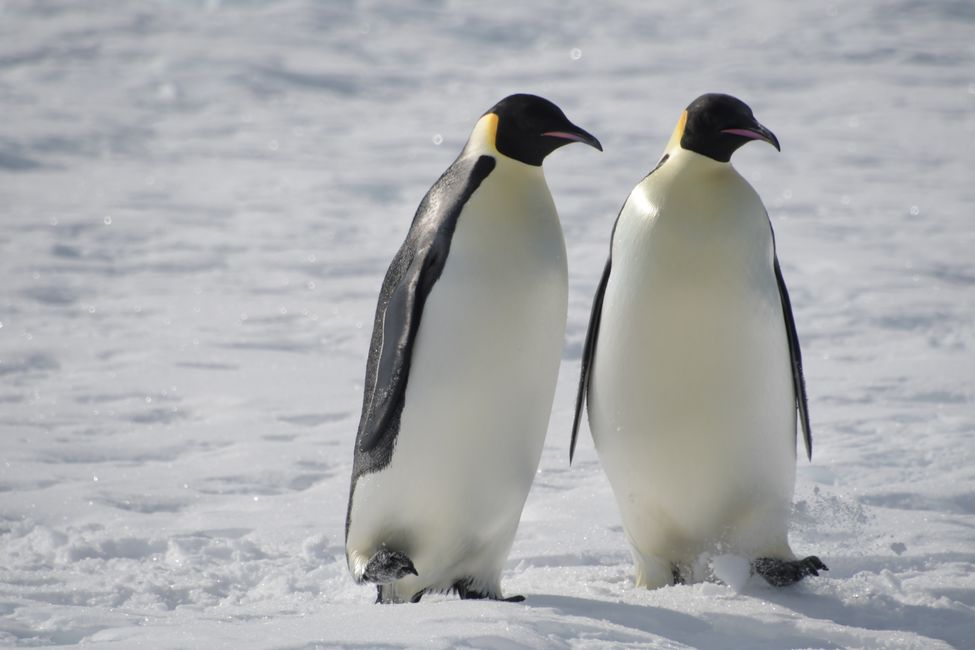
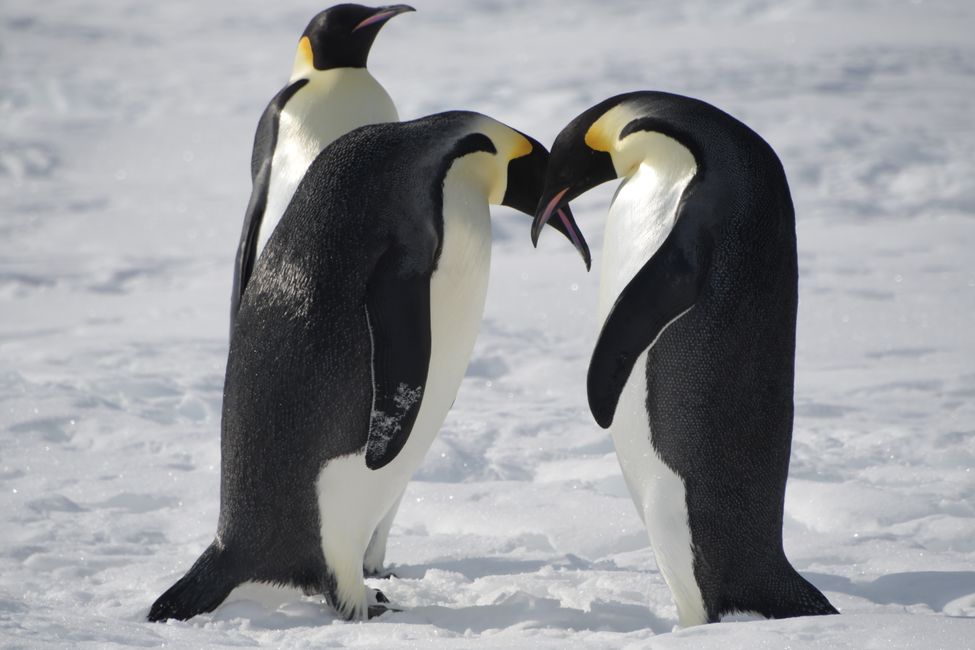
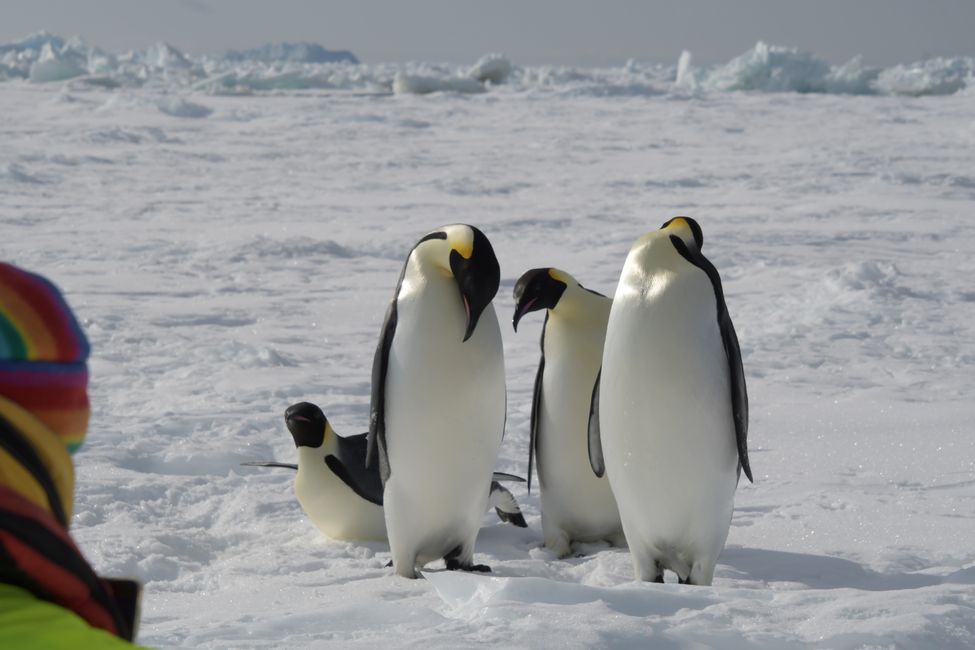
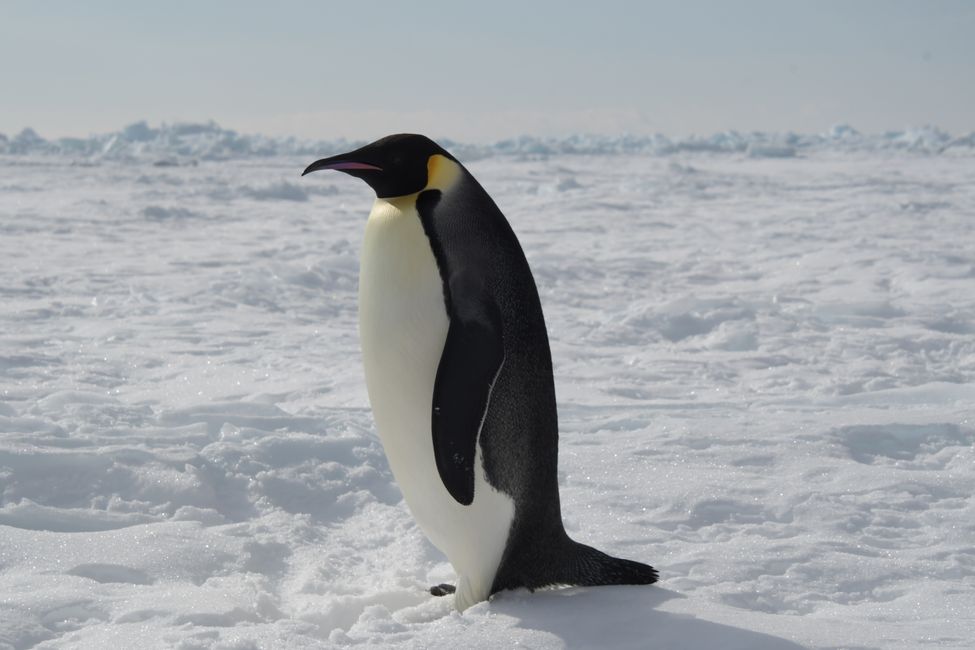
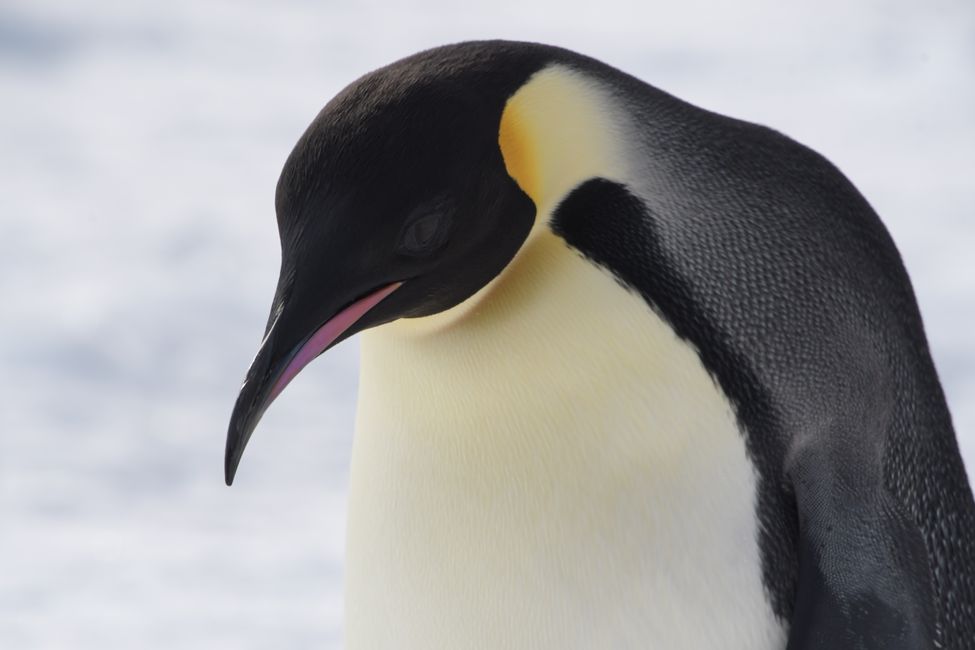
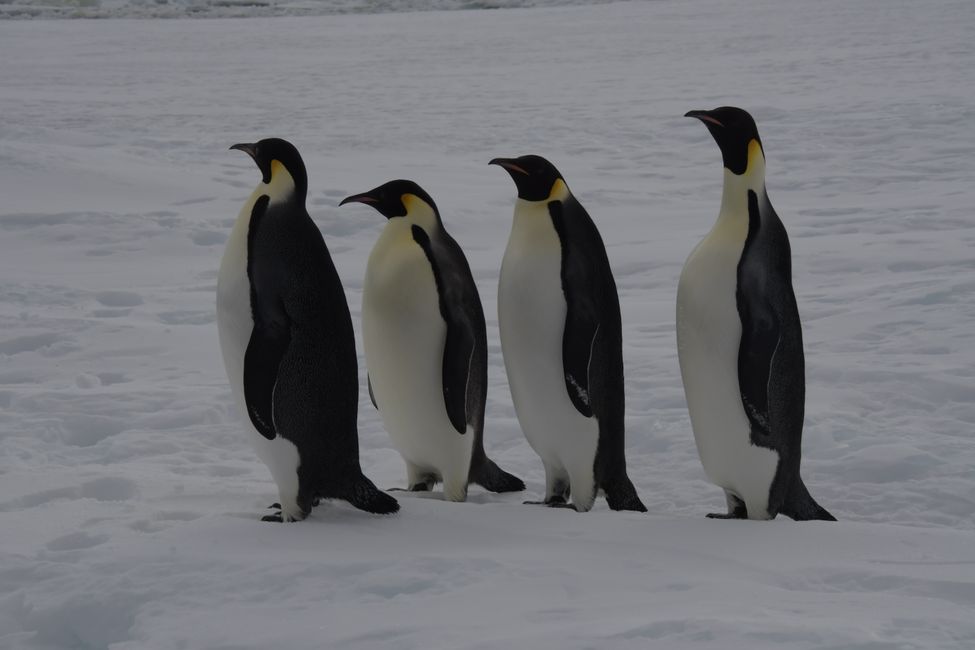
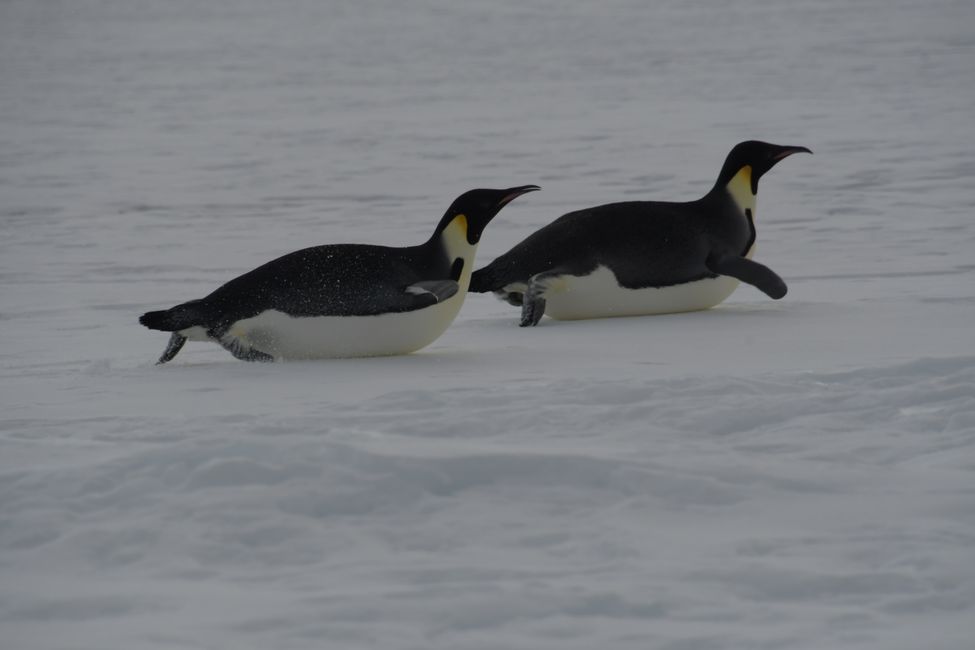
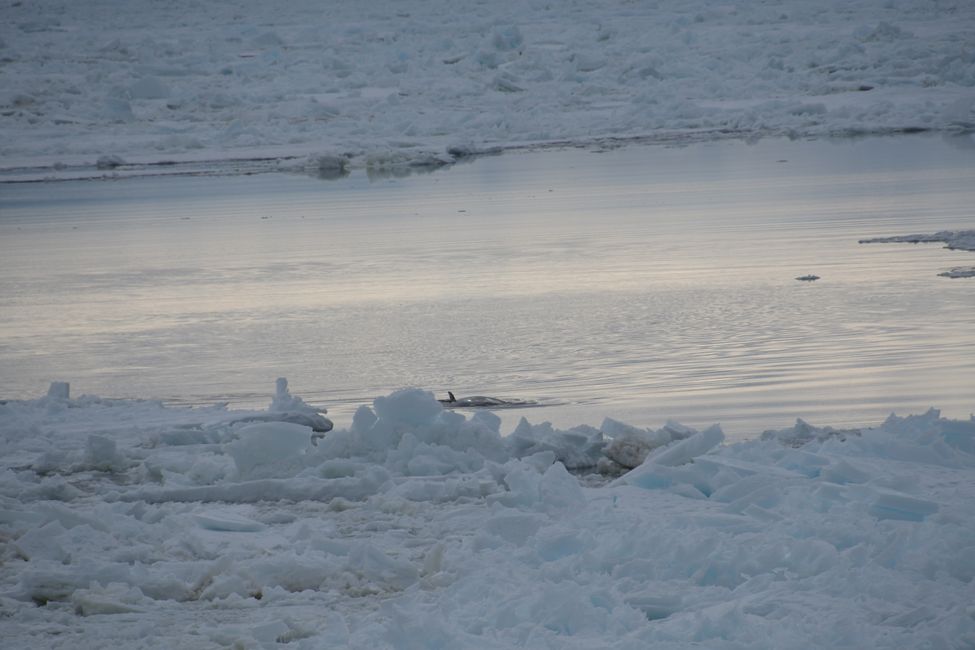
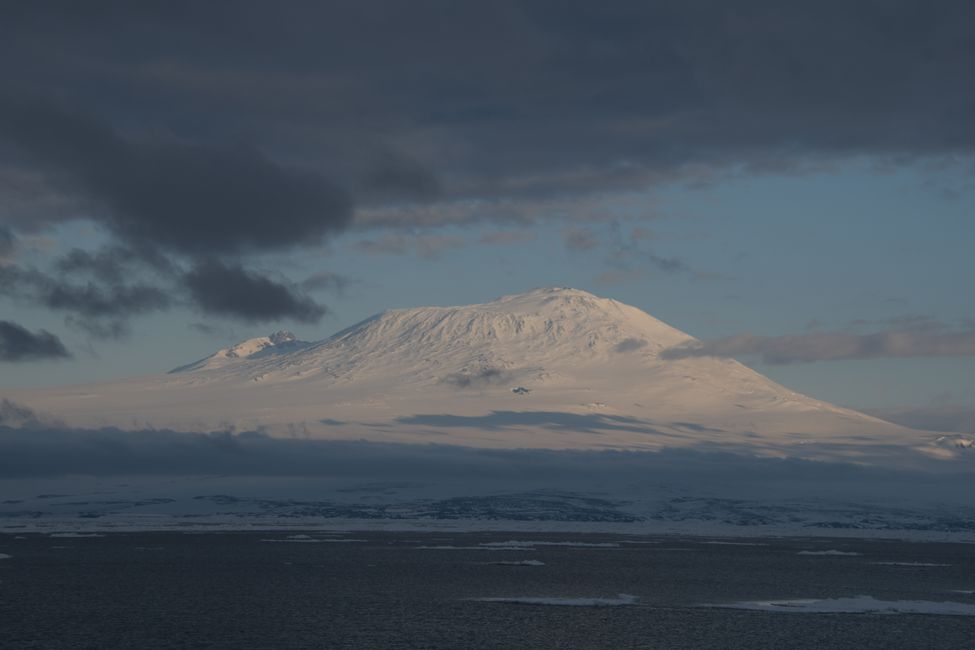
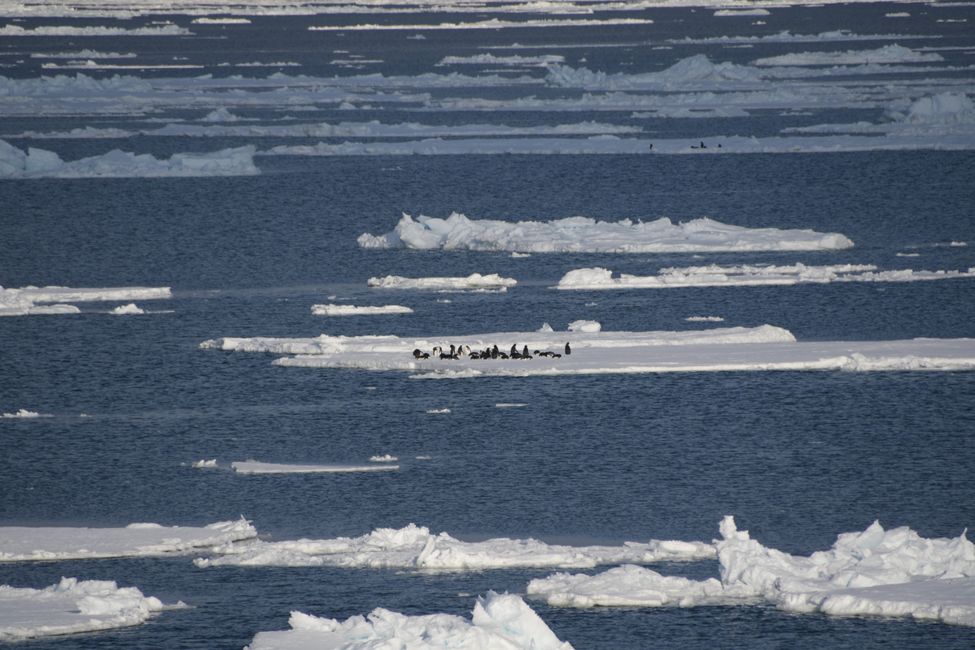
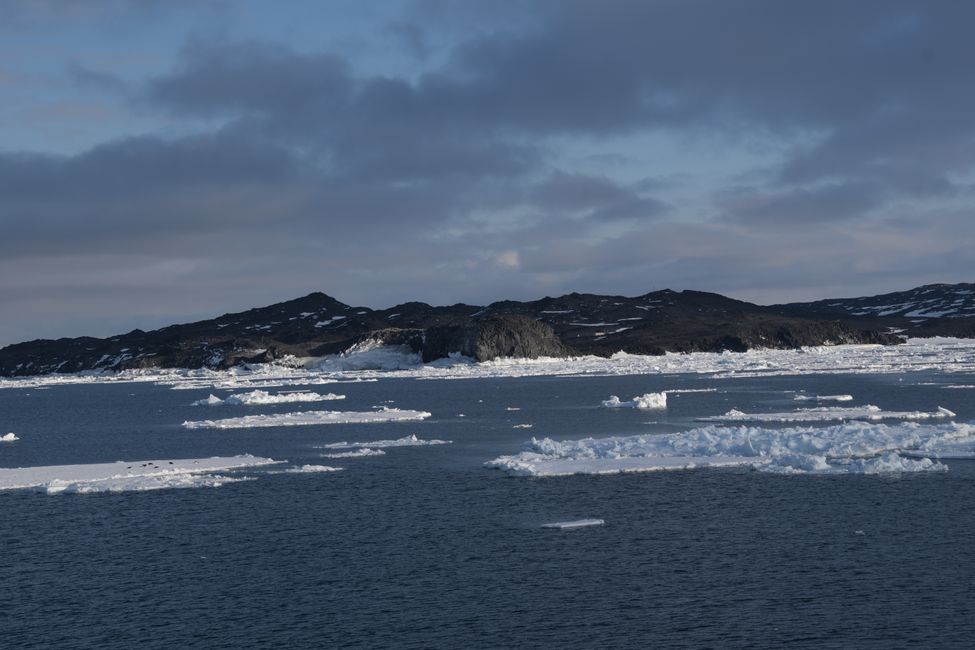
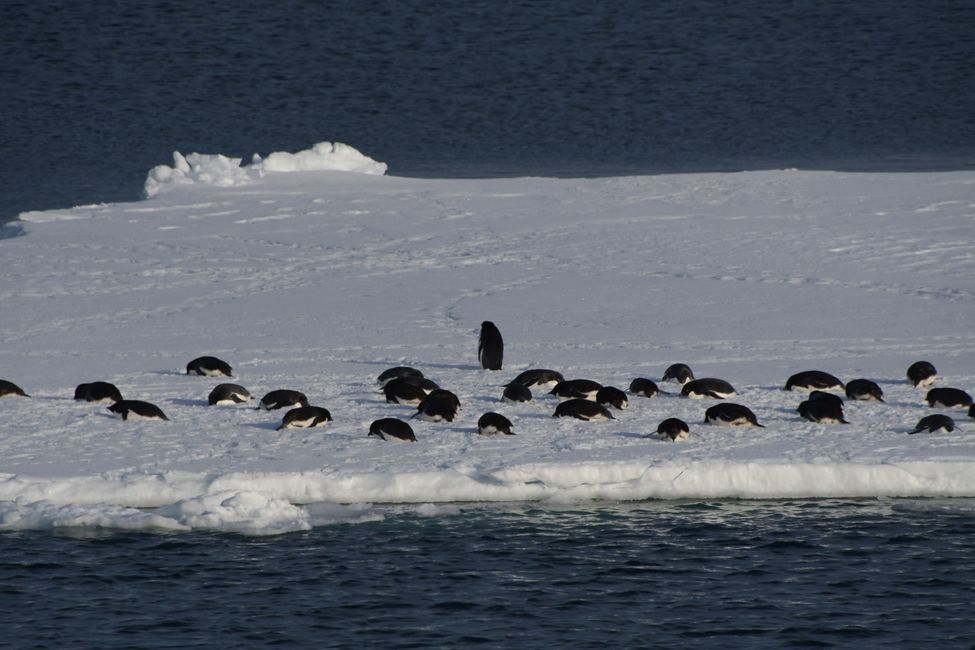
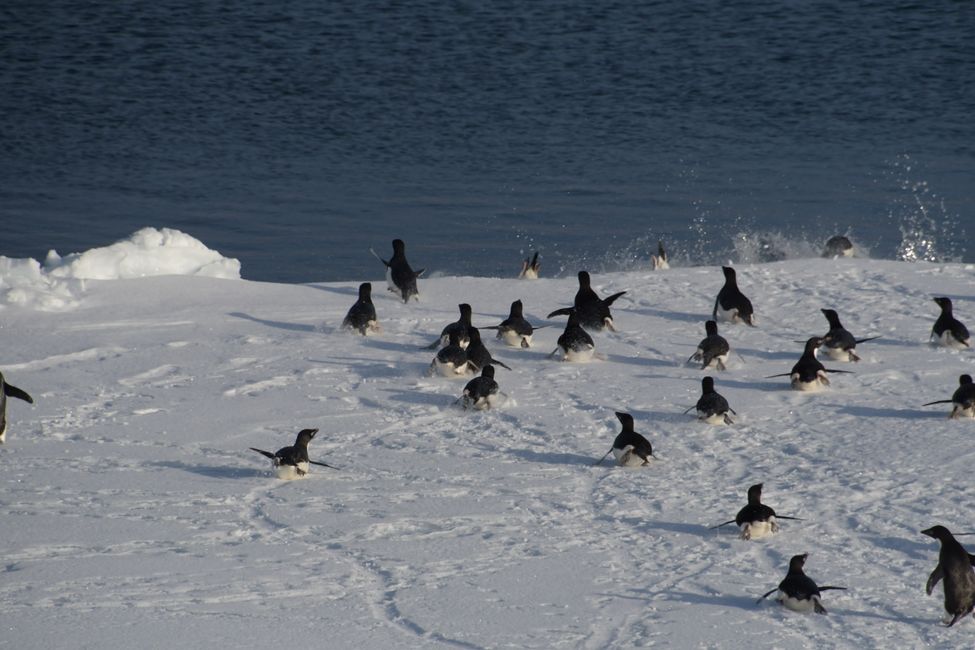
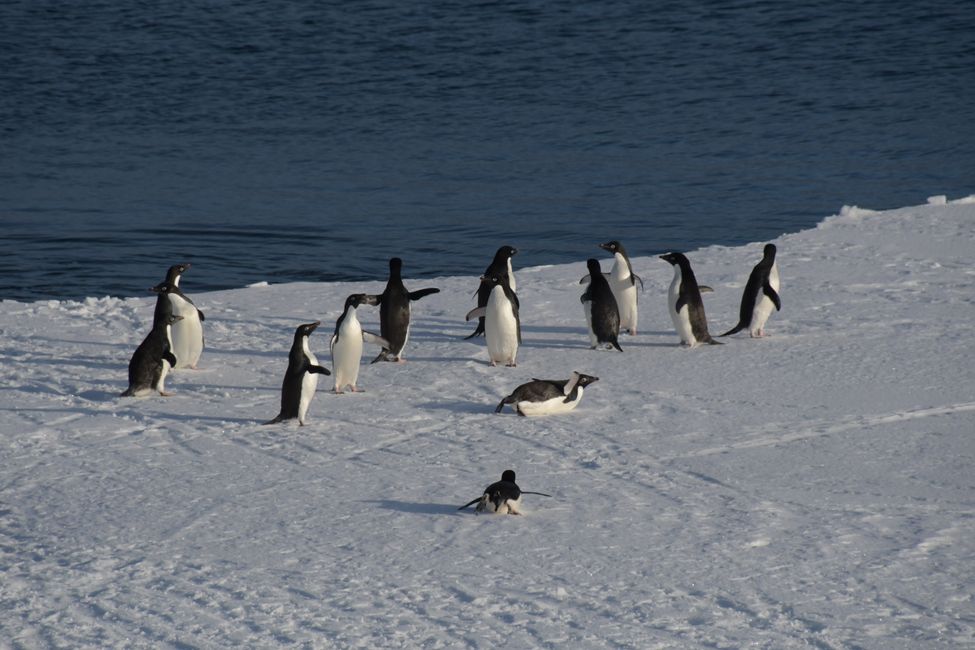
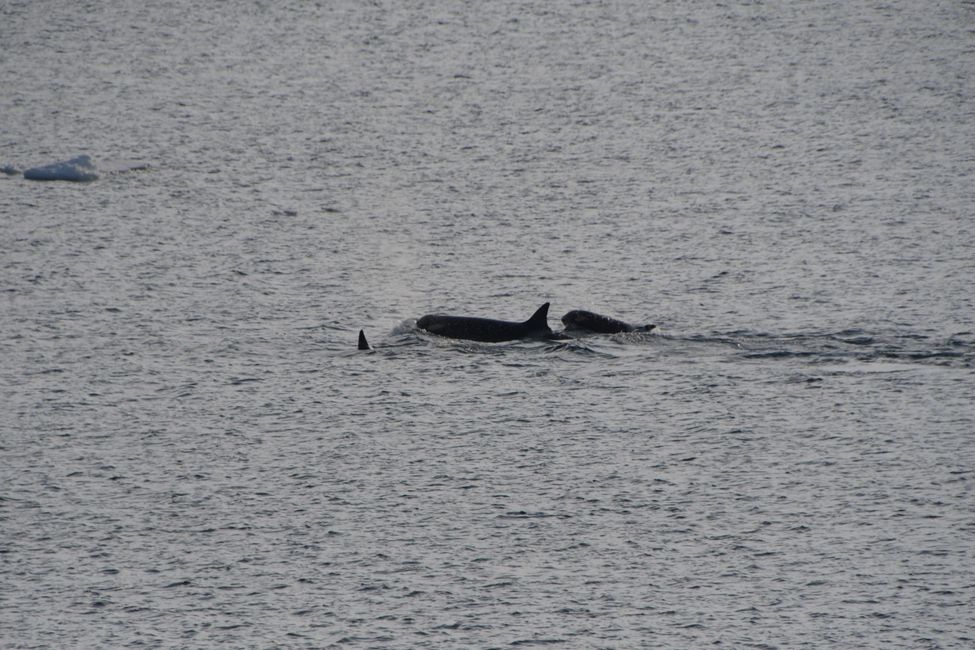
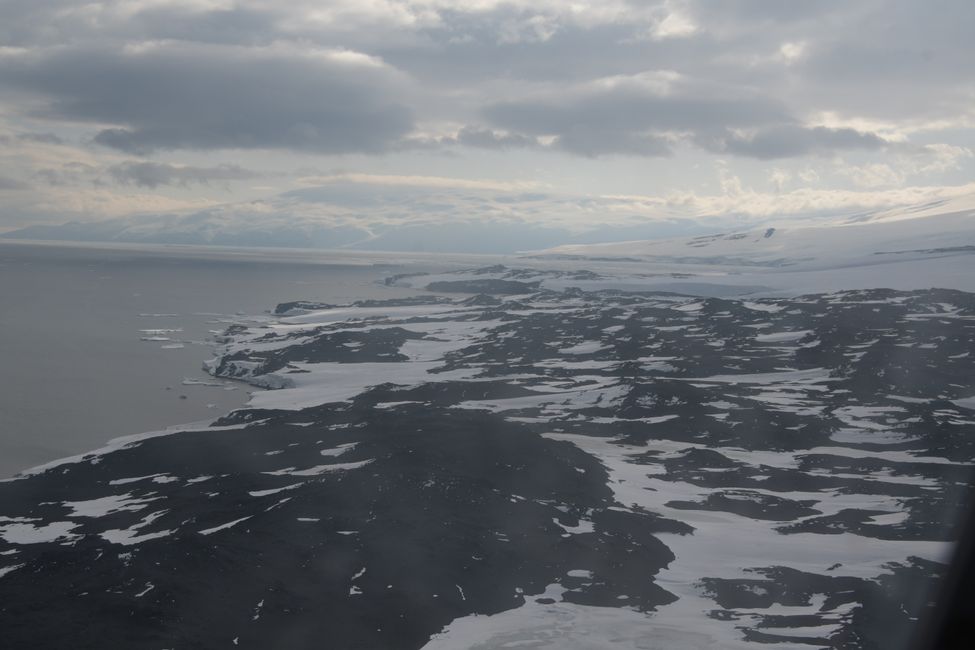
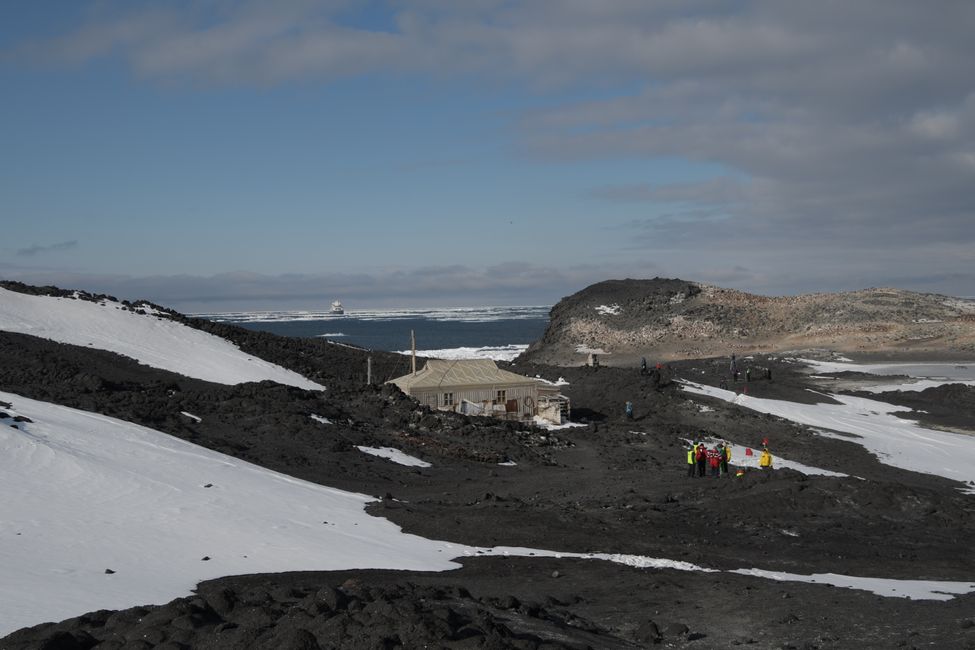
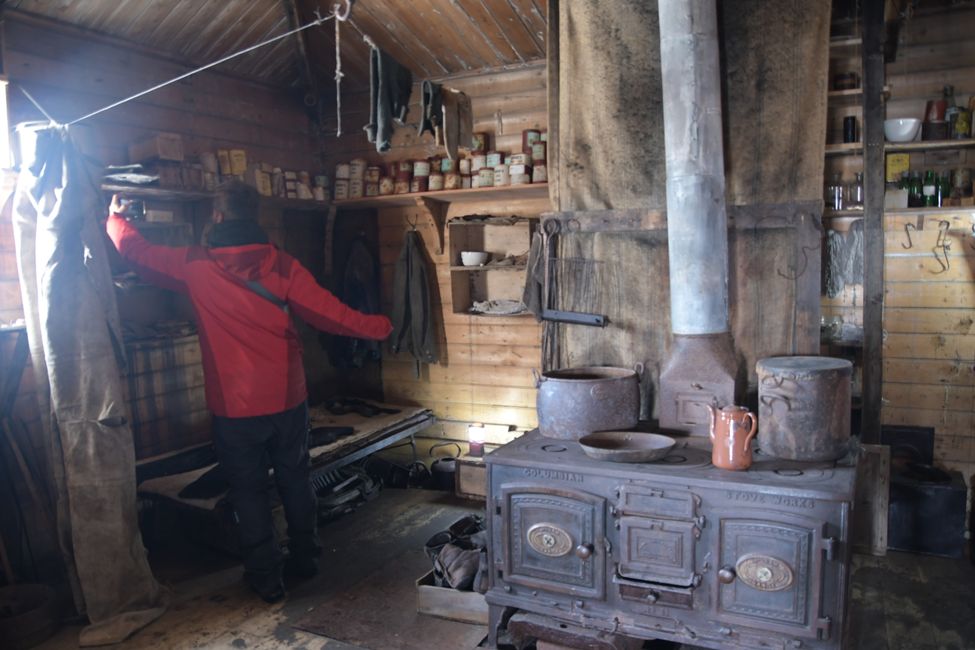
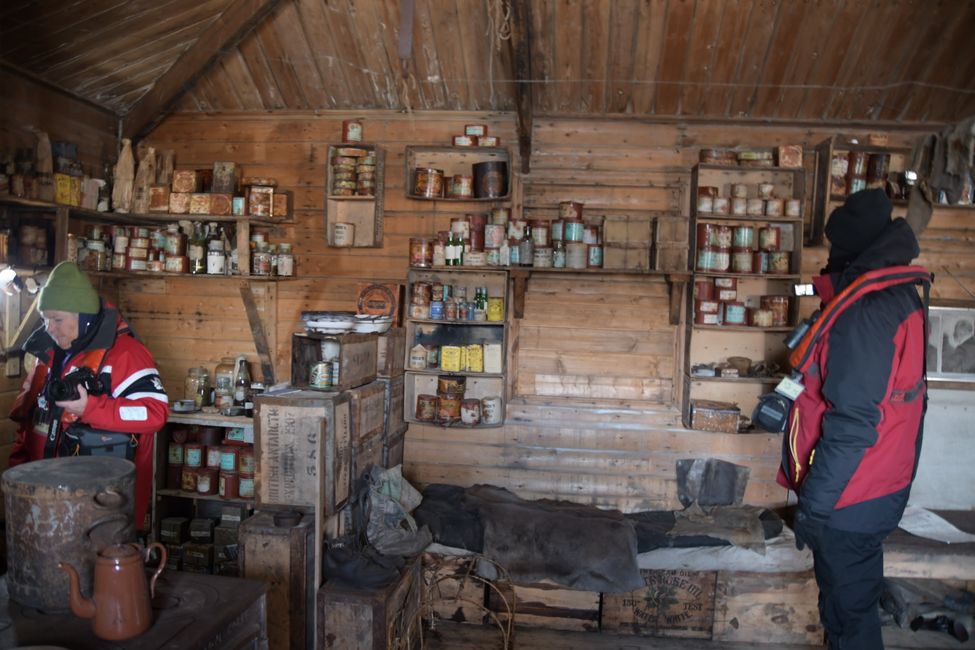
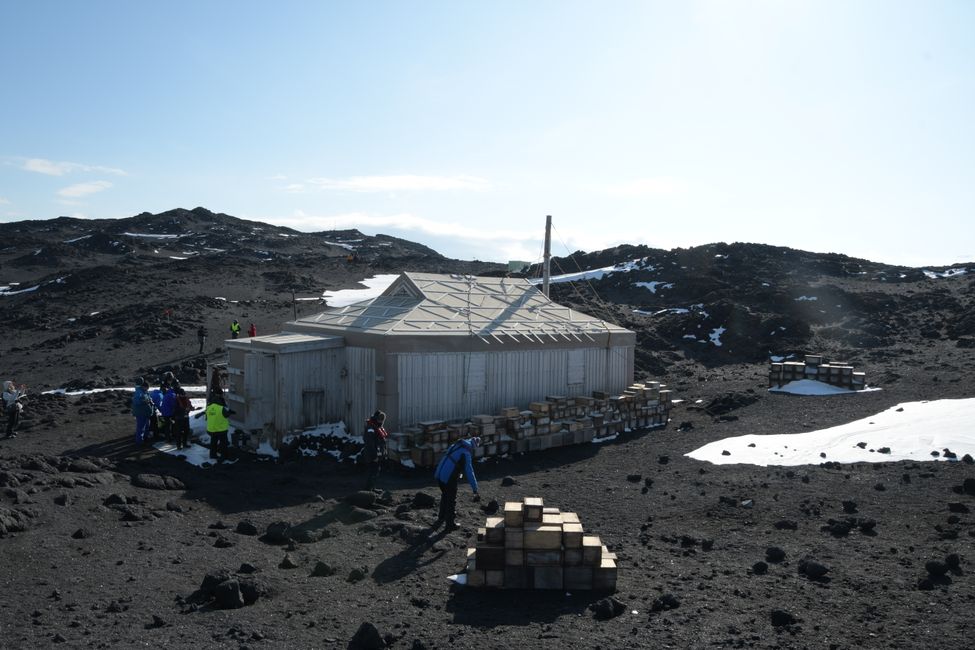
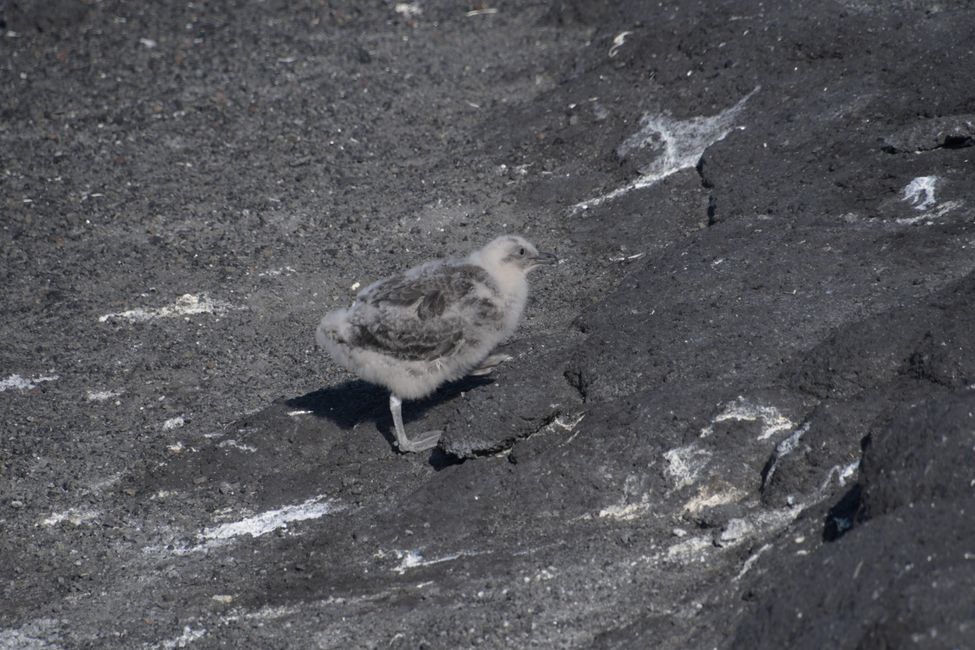
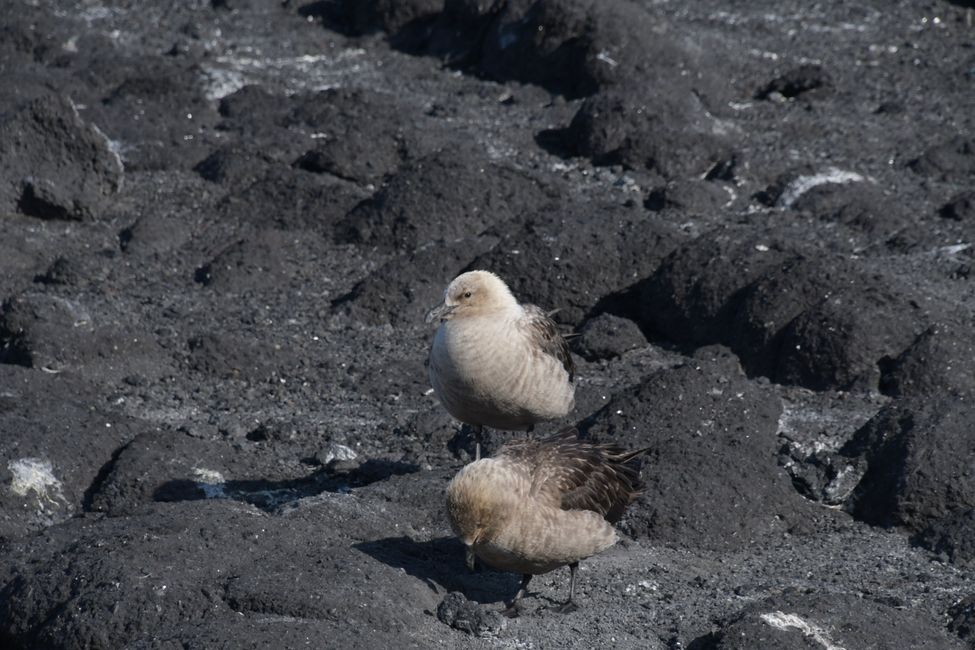
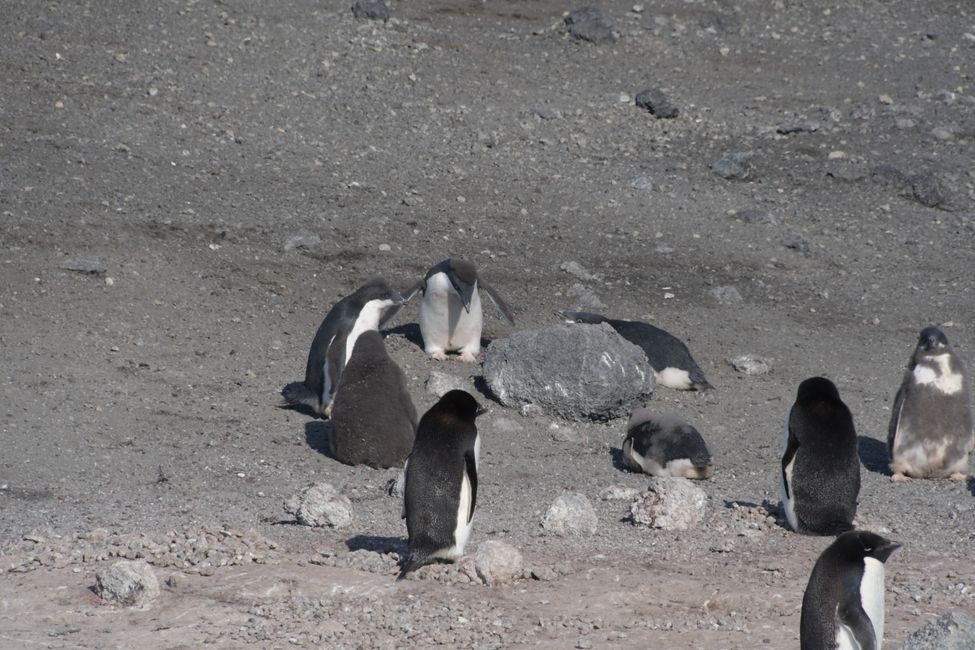
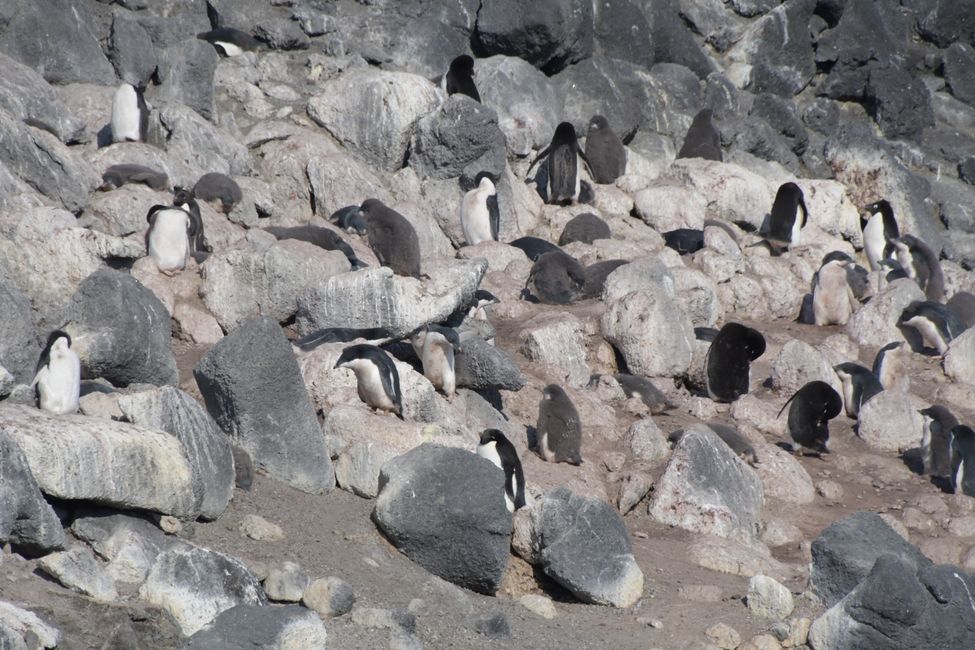
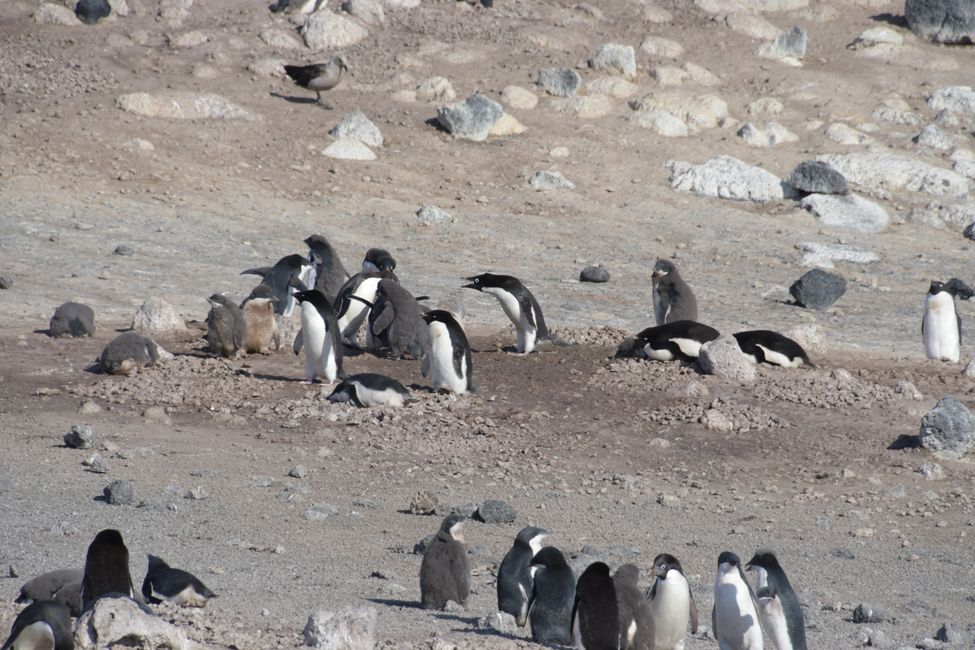
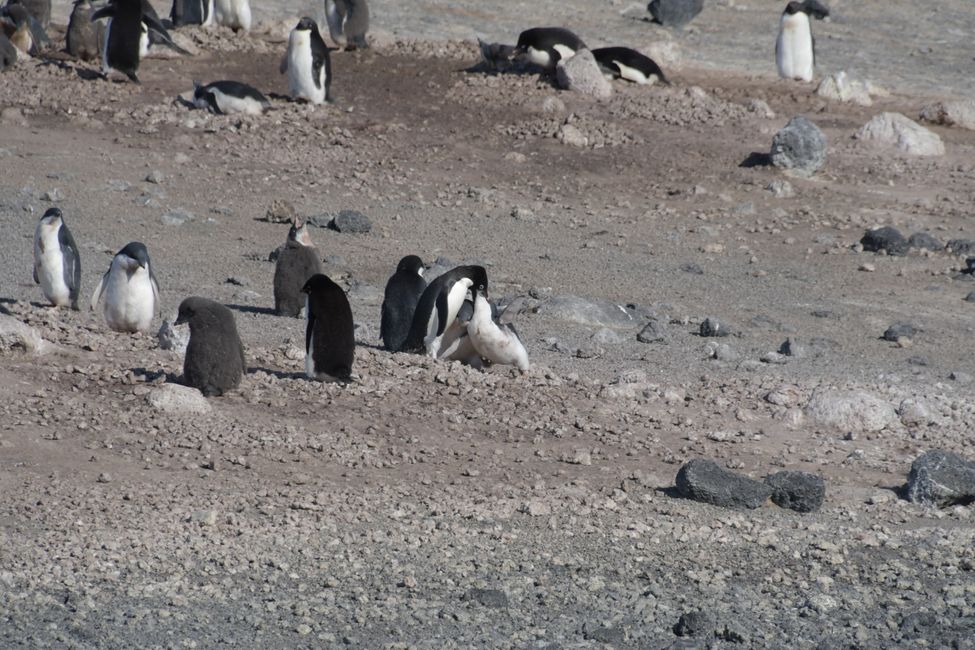
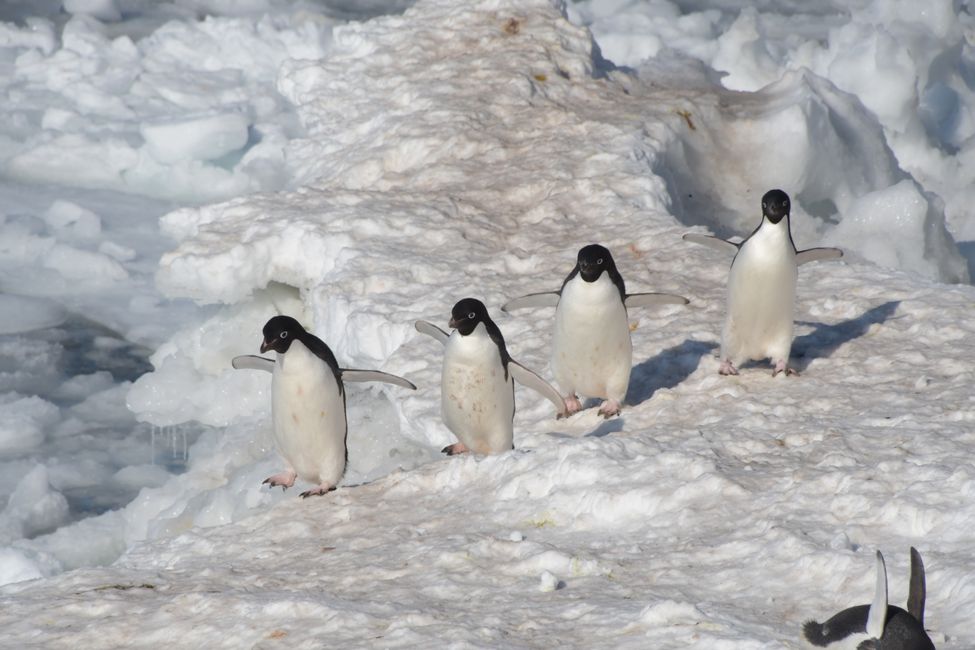
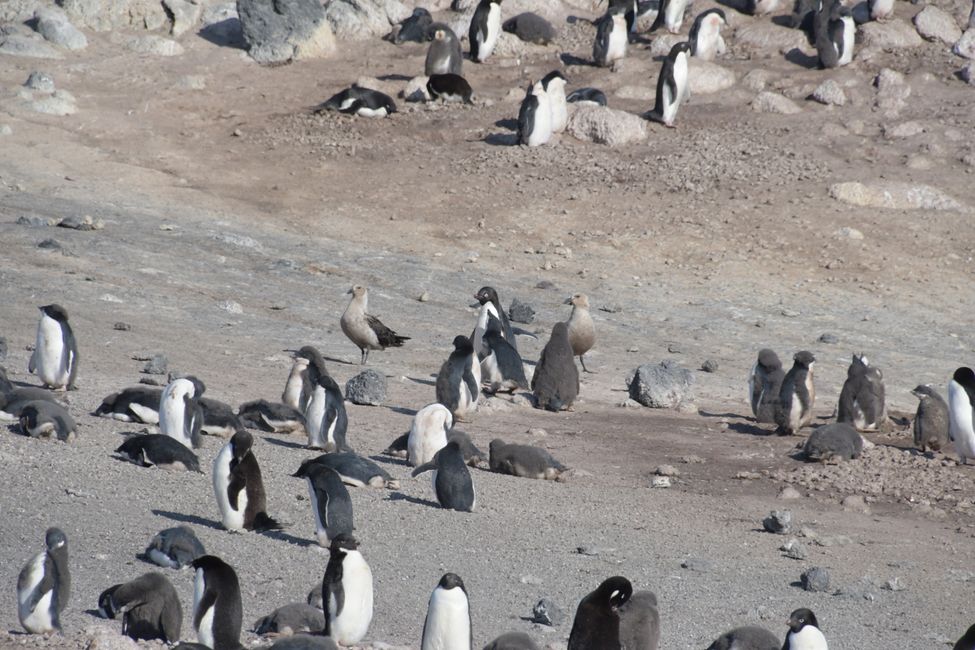
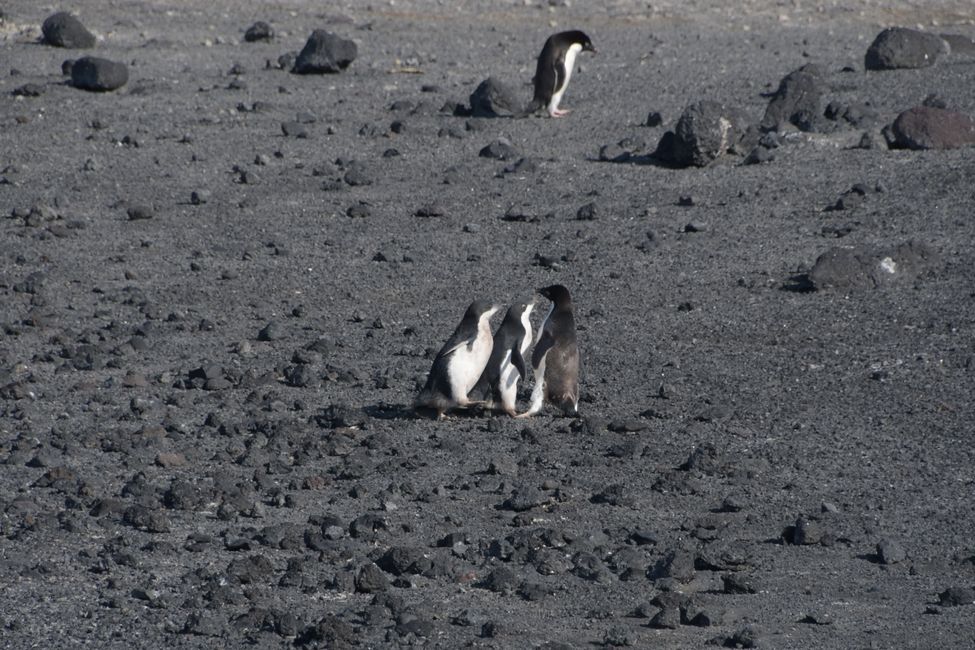
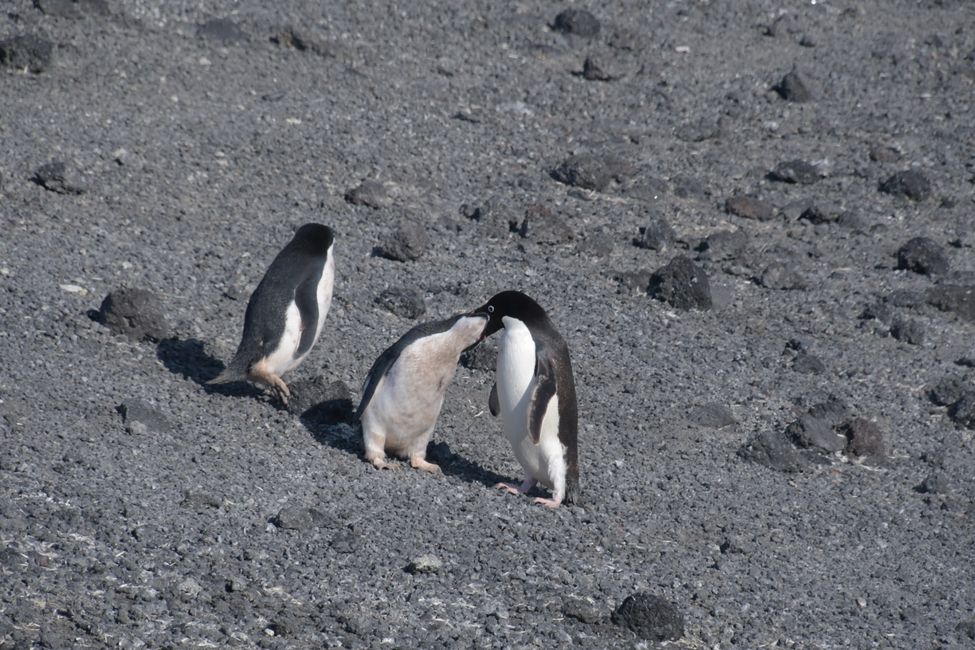
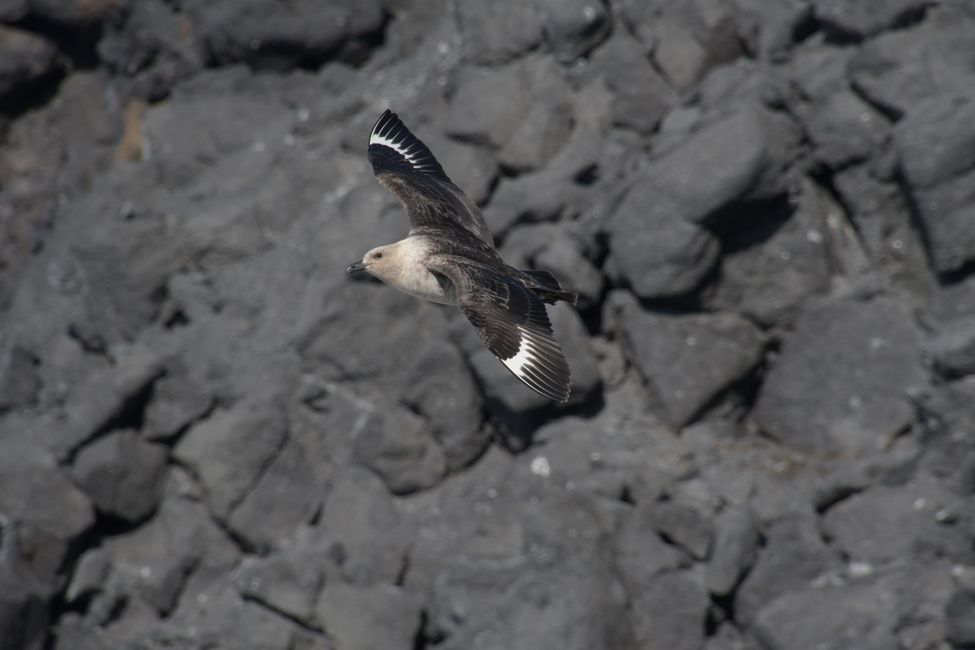
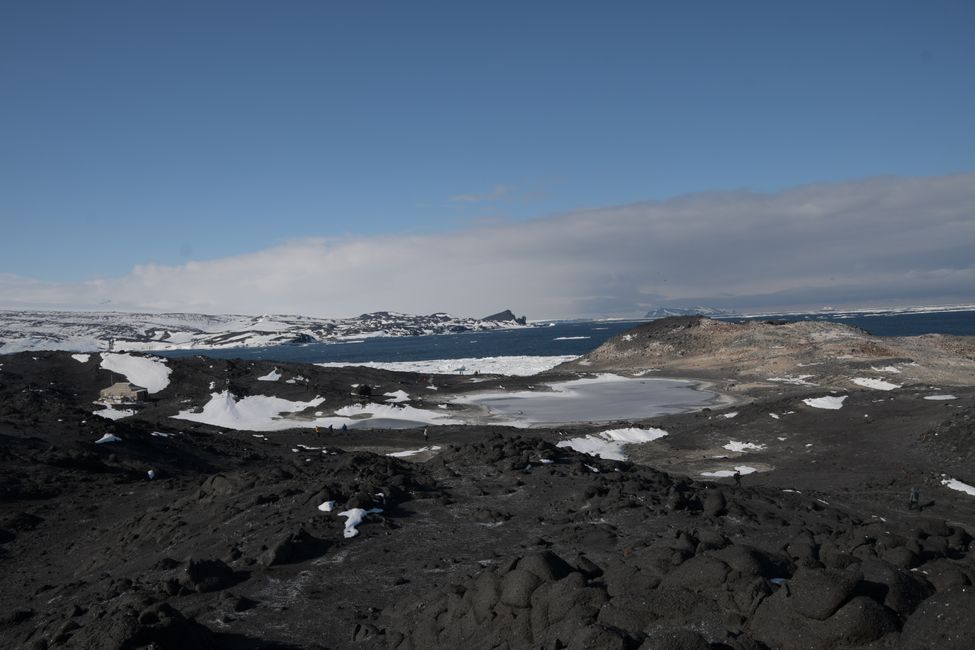
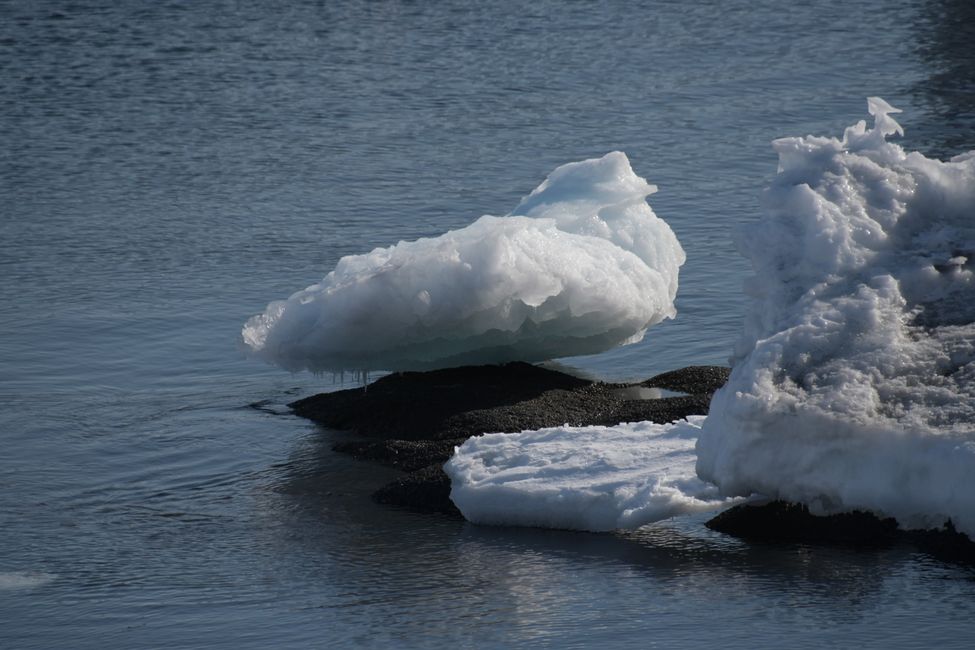
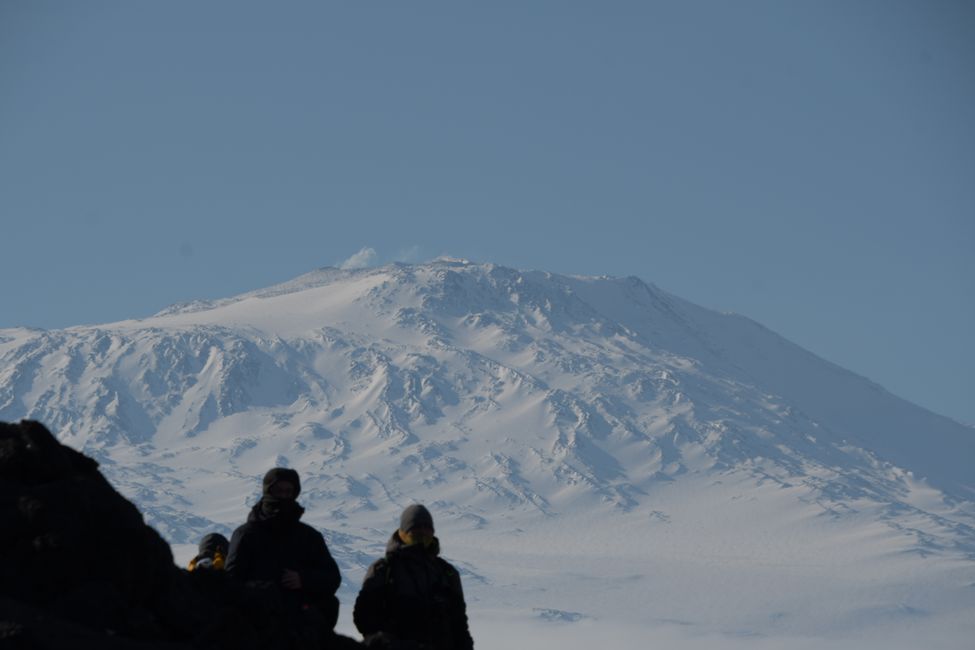
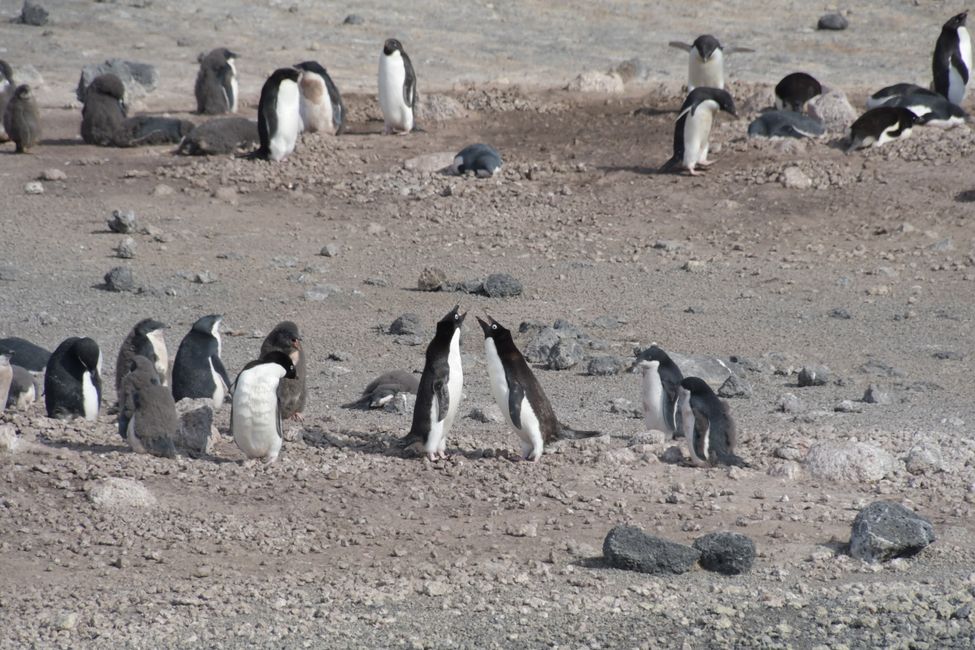
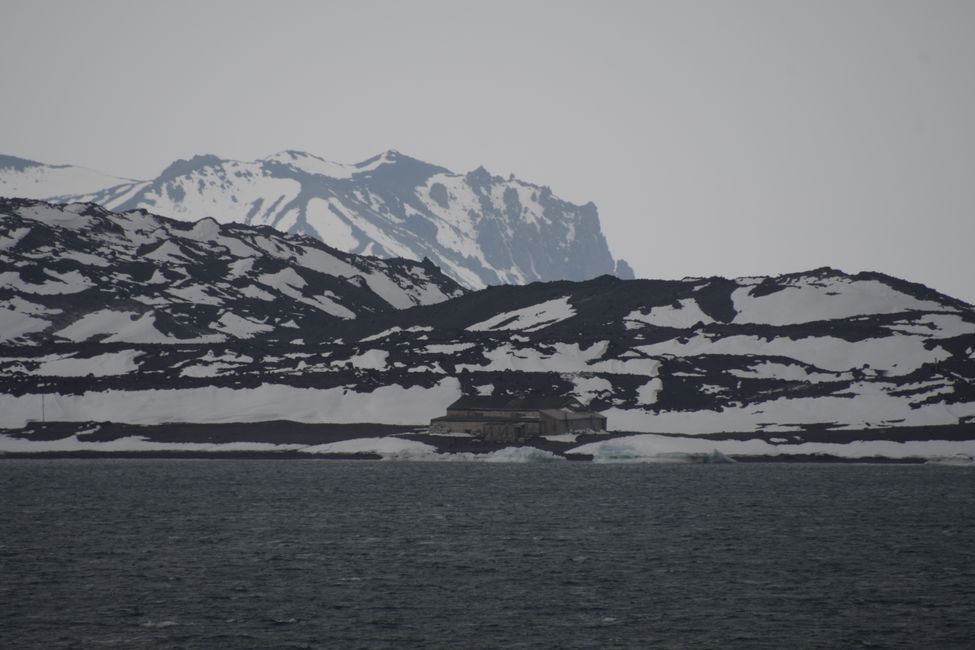

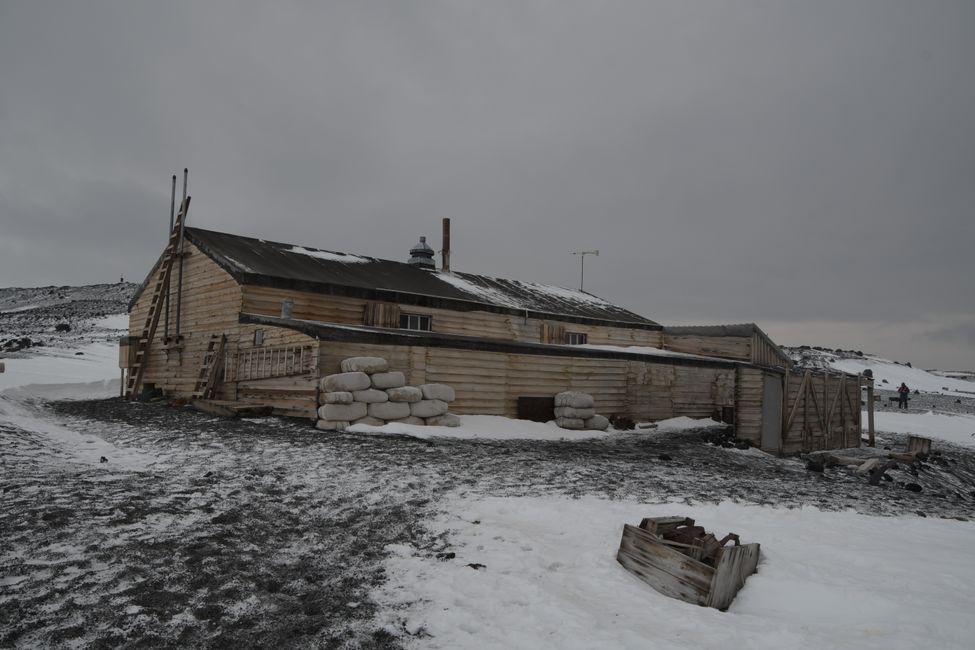
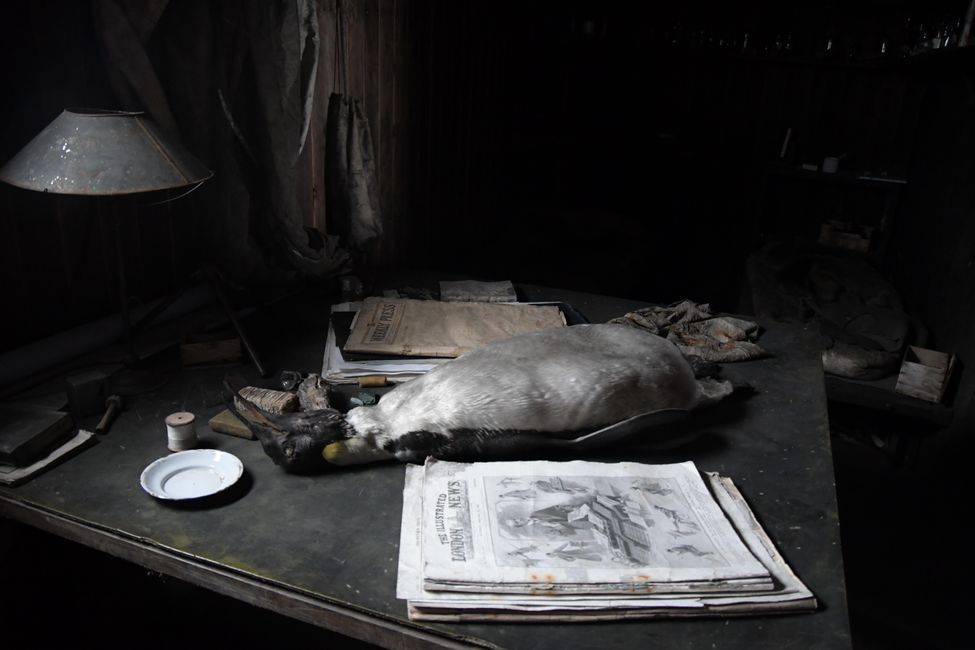
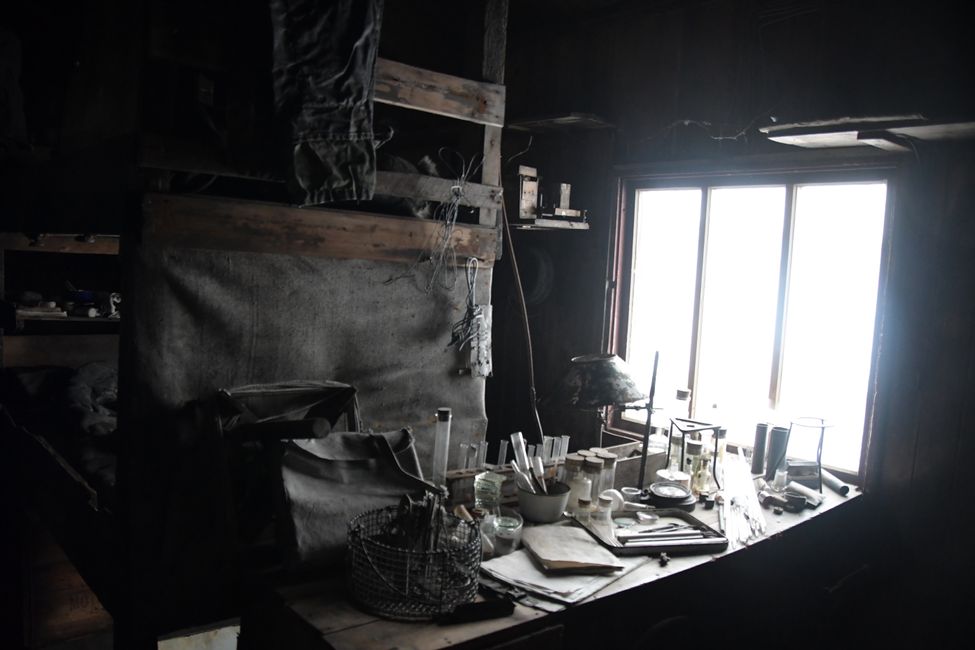
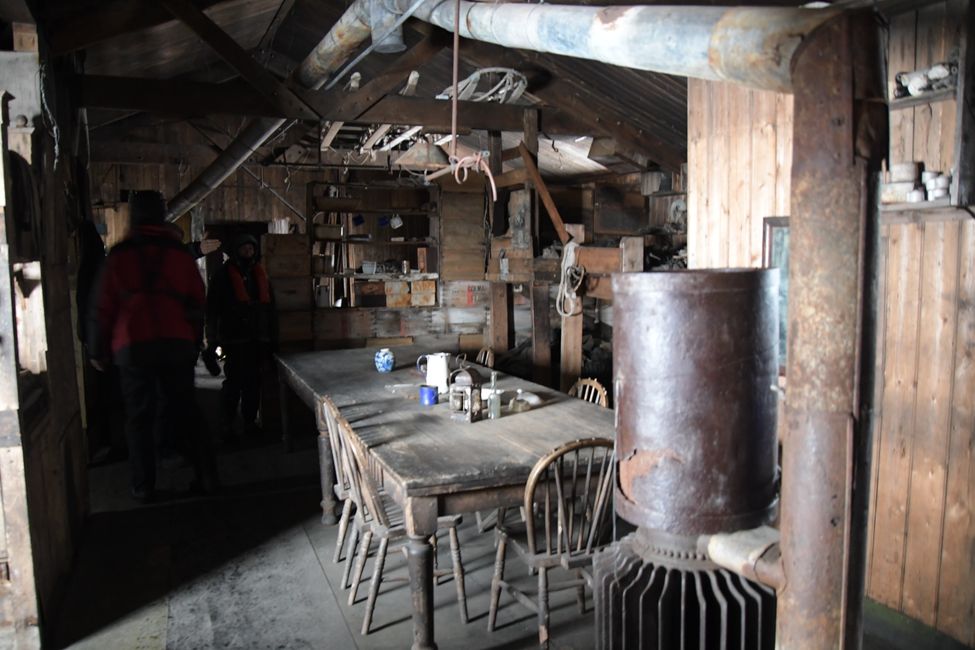
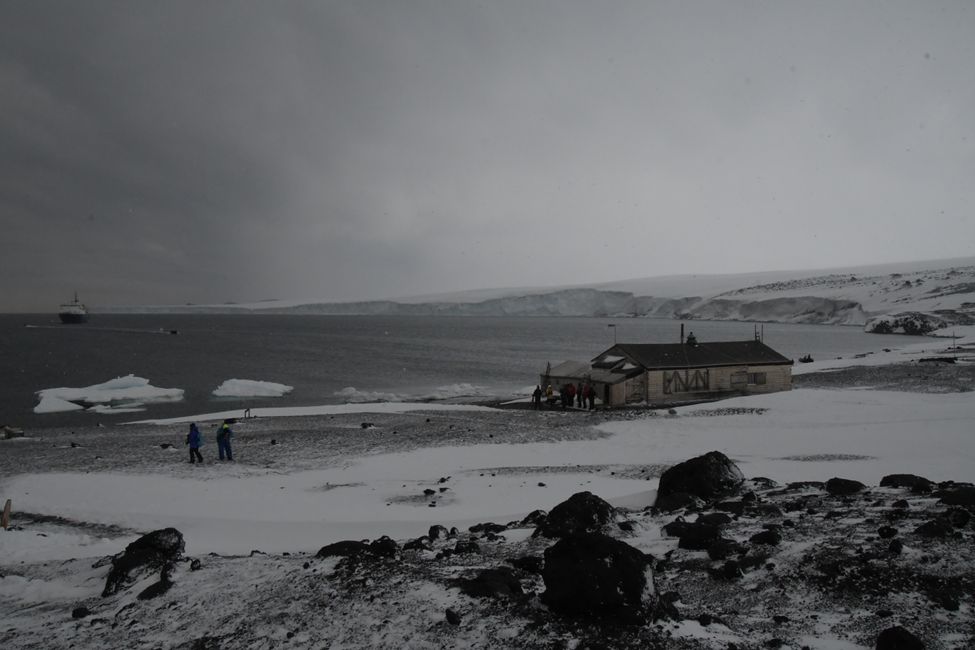
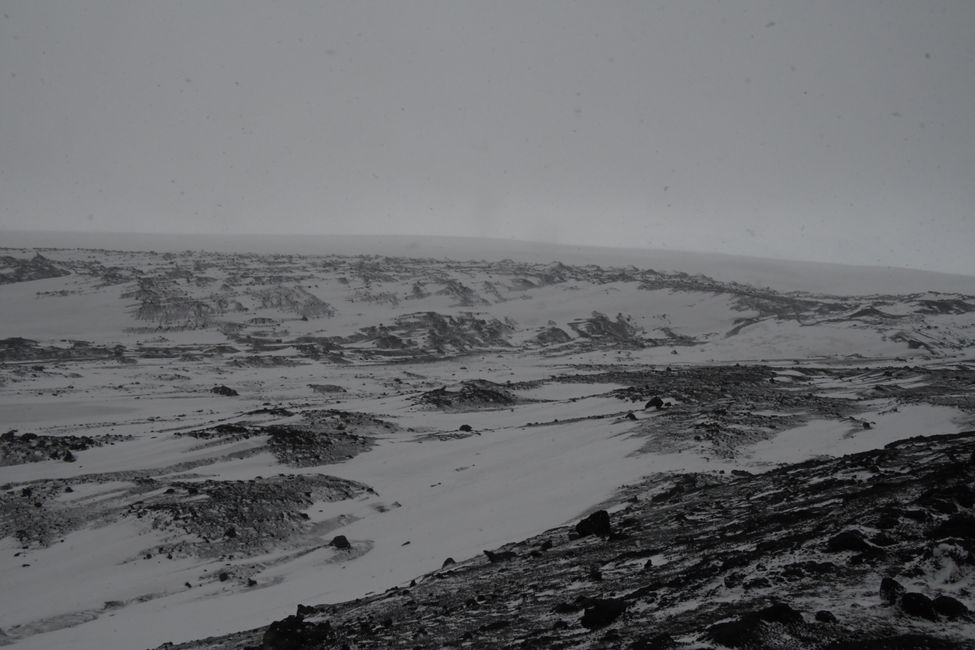
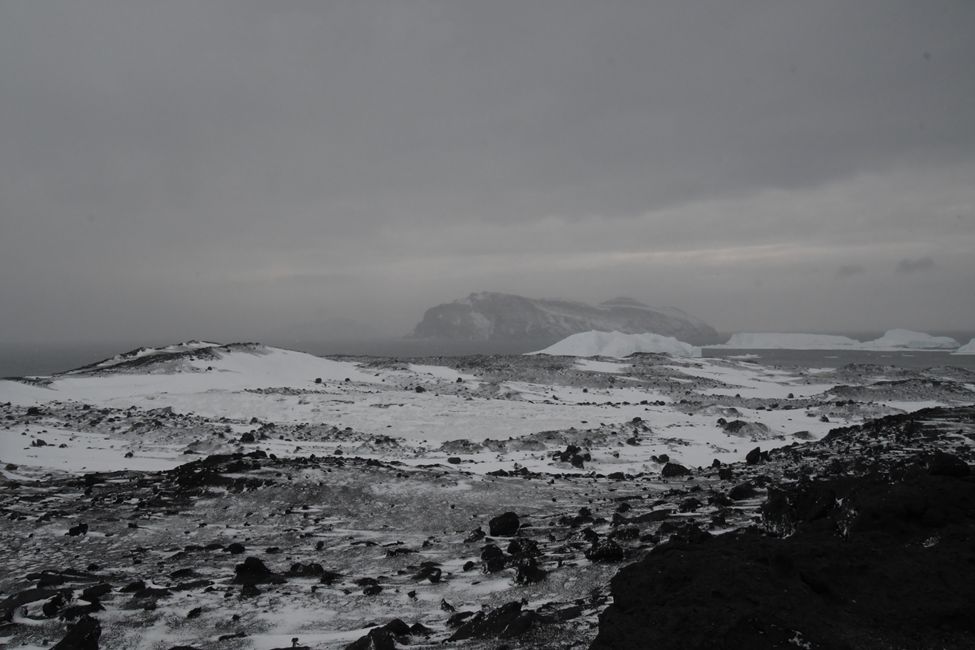
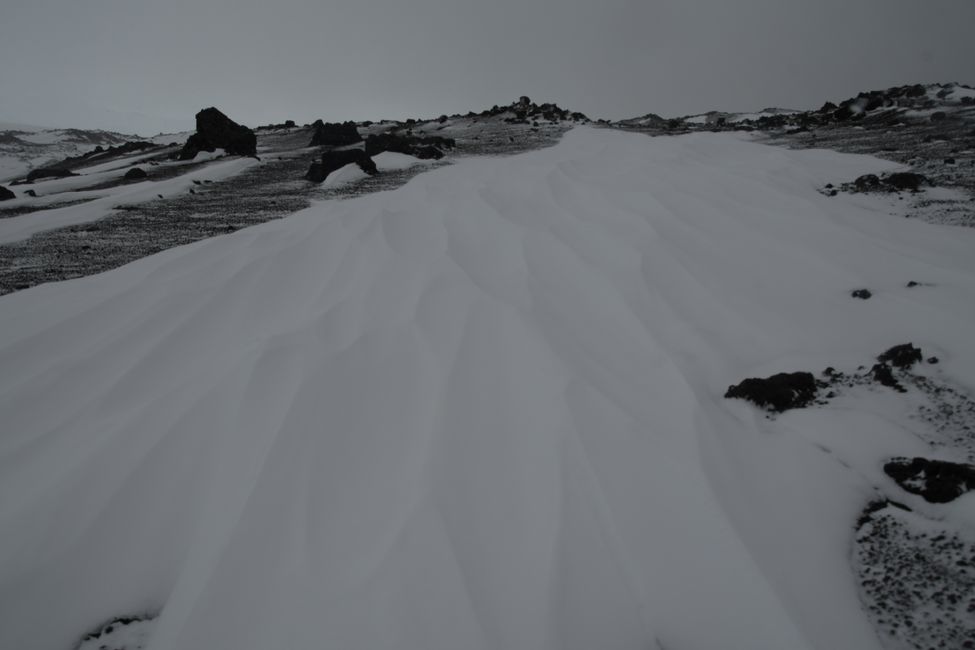
Подписаться на новостную рассылку
The southwestern corner of the Ross Sea - located between Ross Island and the Antarctic continent and no longer reached by the Ross Ice Shelf - is called McMurdo Sound. The current Antarctic research stations of the Americans and the New Zealanders are located here, but there are also some historical sites from early Antarctic expeditions to see, including the base camp of the (British) expedition to discover the South Pole (which was actually successful [the South Pole was reached], but then not [the Norwegian expedition led by Roald Amundsen had beaten them by a few days, and on the return journey Scott and his men died near their next supply depot]).
98% of Antarctica is covered with ice and snow, but there are a few spots that are not. For us, a visit to one of the 'Dry Valleys' here in McMurdo Sound came first. In these valleys, there is almost never any precipitation, and if there is, it is blown away by the next storm (which never takes long to arrive). So on the Antarctic continent, you find yourself in a desert of sand and rock without snow, where only a few glacier tongues end from the surrounding mountains. This area is probably quite similar to the conditions on the moon ...
First, our ship made its way through increasingly dense pack ice as close to the shore as possible (well, there were still a few kilometers missing in the end ...), and we saw 3 Emperor penguins (one individual and a pair with an added Adelie penguin), some Adelie penguins, a few seals, and a minke whale. The whale obviously only needed small water holes in otherwise quite compact pack ice ... After we got stuck, the helicopters were used again, which took us to Taylor Valley at the foot of the Canadian Glacier. Here we were allowed to walk around for an hour and also reached the southernmost point of our journey (we will provide the latitude later). The marked circular path was not really long, but taking photos takes time, so we made the most of our hour.
This time we were among the first to be taken ashore, so after returning to the boat, we had to wait for some time and enjoy the scenery. To make sure we weren't bored, 2 Emperor penguins swam by and examined the strange box that was lying there. Later, we were also allowed to walk on the ice floe next to us. This attracted 4 Emperor penguins, who hopped to the other end of the ice floe and then came over to the part that was specially secured and marked for us. They came to within maybe 1-2m of us, and they were clearly the active party - we just stood there in awe. We were watched by the penguins for almost 1 hour, then they went back swimming and left us completely amazed.
In the evening, our ship fought its way out of the pack ice again, which was accompanied by the sighting of another minke whale and 5 more Emperor penguins. There were also a few Adelie penguins, but today they were outnumbered by the Emperor penguins. To round off the day, we also saw a group of orcas, and Mount Erebus (an active volcano and at about 3700m the highest mountain in the region) appeared without any disturbing clouds.
Overnight, we then chugged over to Ross Island (where Mount Erebus is located), and the next morning we found ourselves in pack ice again, which this time was quite densely populated with Adelie penguins (no wonder - there are several colonies of them here, each with several thousand breeding pairs). At Cape Royd, we then visited the hut of an Expedition led by Ernest Shackleton, as well as an Adelie penguin colony next door, again with the help of helicopters, as the zodiac landing spot was blocked by ice. Our time here was not really limited, and after 2.5 hours, we finally flew back. For the first time since leaving the Beagle Channel in Ushuaia at the beginning of the trip, we saw another tour ship today. They don't have helicopters and could not land here ('unfortunately'), although their trip (with a similar route) is rumored to cost about twice as much as ours...
We continued for about 3 hours to Cape Evans, where Scott's expedition hut is located (thanks to the climatic conditions, nothing decays here, so these huts only need occasional repairs to fix wind damage - the interior, however, is still largely original). Somewhat surprisingly, a decent little storm came up on this trip, but in a very cooperative way: It blew from the land to the sea at Cape Evans, thereby clearing the landing site, and in the bay in front of it, the swell was not sooo bad. Waterproofed, we hopped into the zodiacs for our first 'wet landing' of this tour. The beach was nice and shallow, so it was no problem to get out of the rubber boat and step into the water for a moment - the thermal rubber boots provided by the tour operator not only had the effect of keeping us warm, but also the rubber effect.
Once again, we were able to take a short hike after visiting the hut. This led to a small hill, and we experienced the feeling of the real Antarctic: the measured temperature was -8°C, which became 'feels like -18°C' due to the snowstorm. The landscape with its drifting snow was very impressive, and once again, we were perceived as a disturbance to the routine: This time we were scrutinized by skuas (jaegers) for our potential threat and then allowed to pass as trustworthy...
In the late evening - and also the next morning - we made our way north through pack ice, bidding farewell to 3 eventful days with some Adelie penguins, seals, and two more Emperor penguins, but also with a full-blown storm. Now it was time to let everything sink in and catch up on sleep...
Подписаться на новостную рассылку
Отвечать
